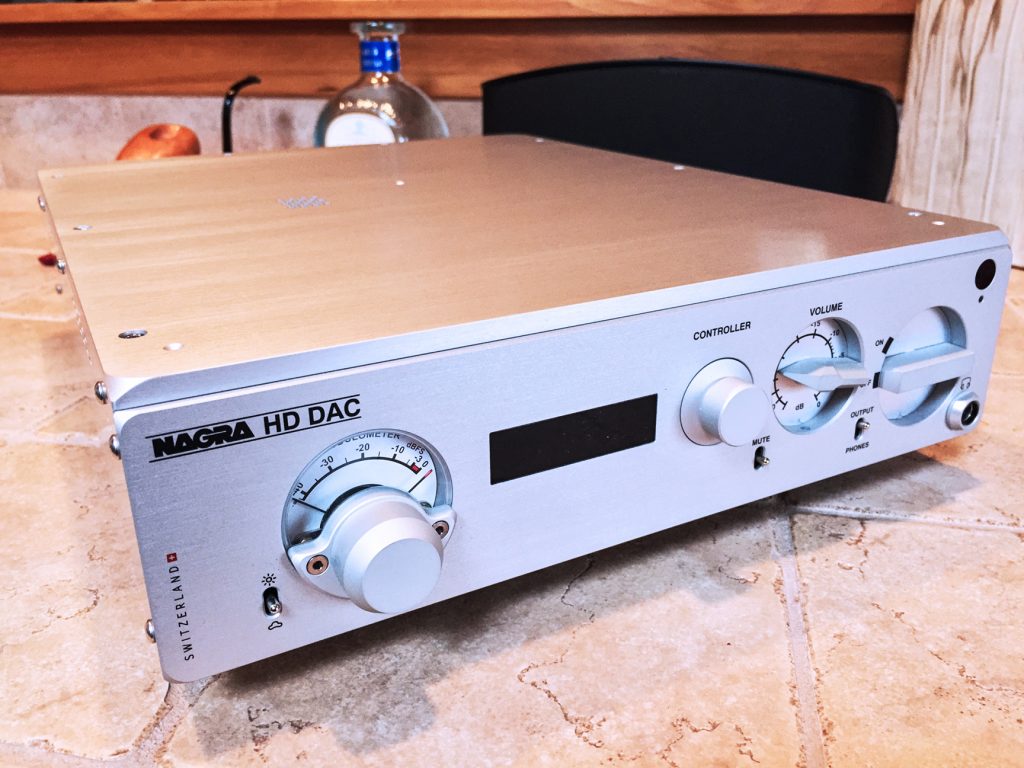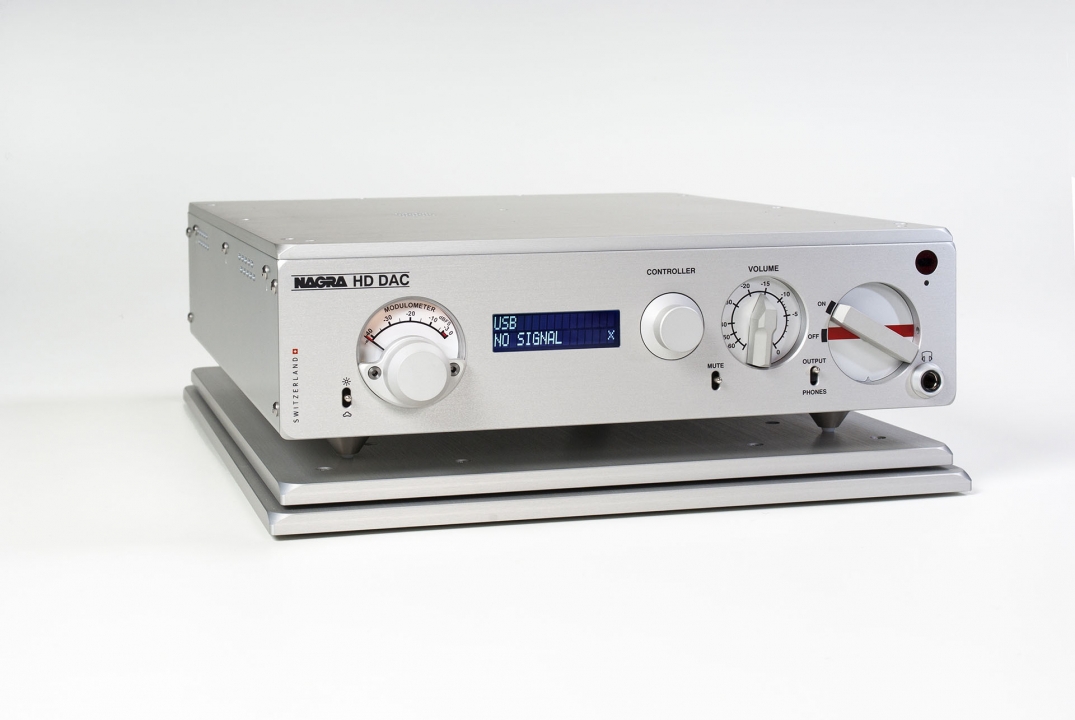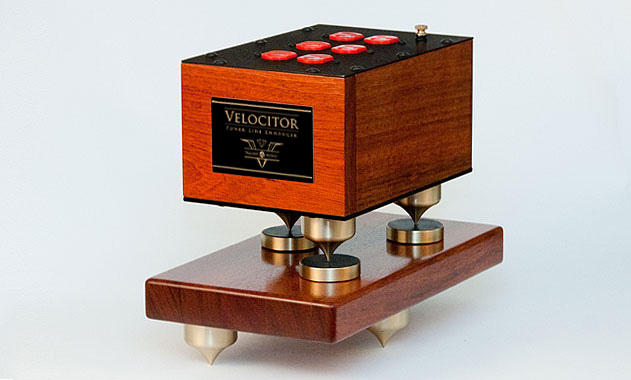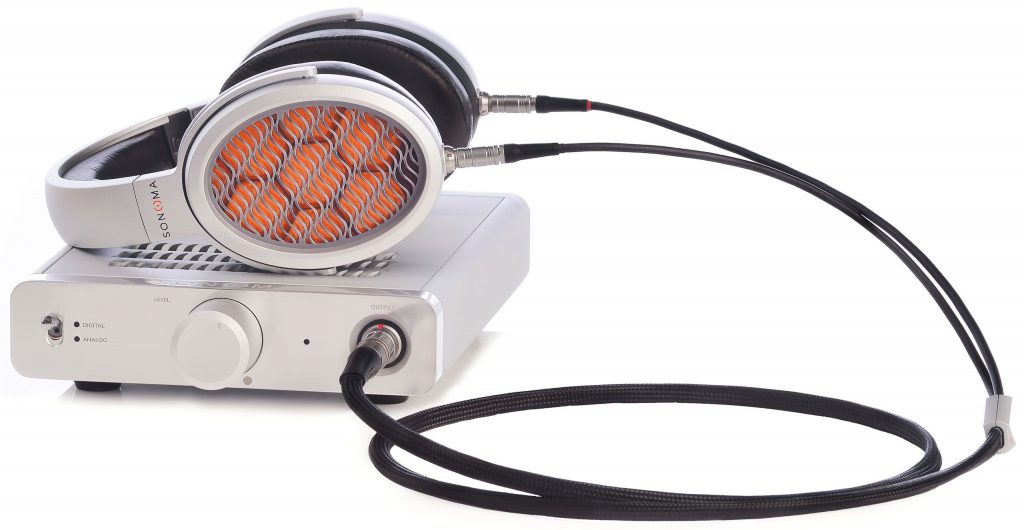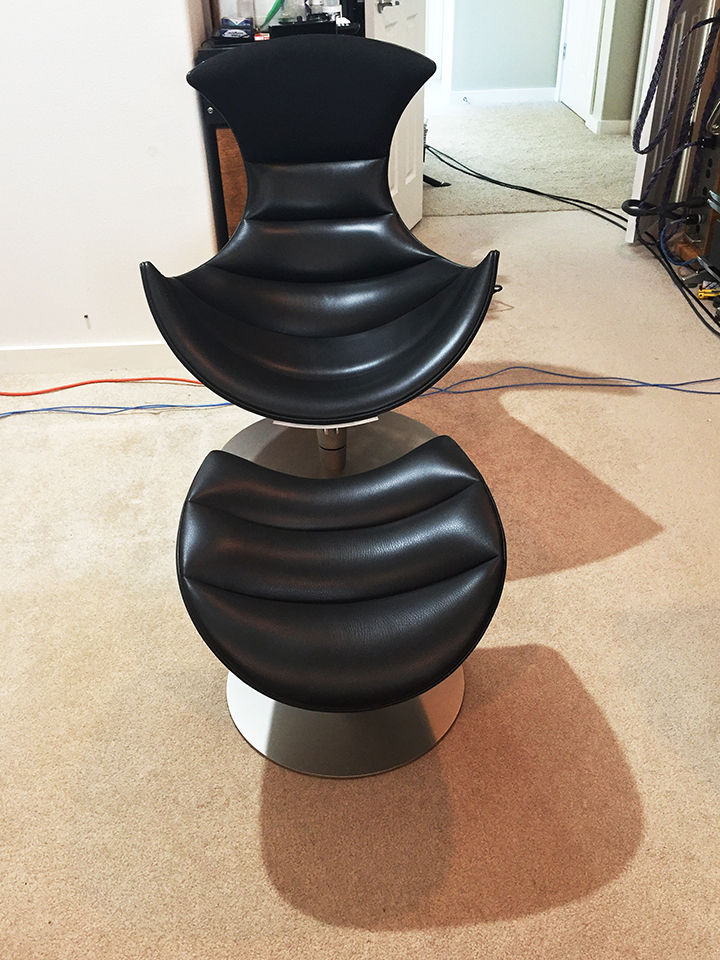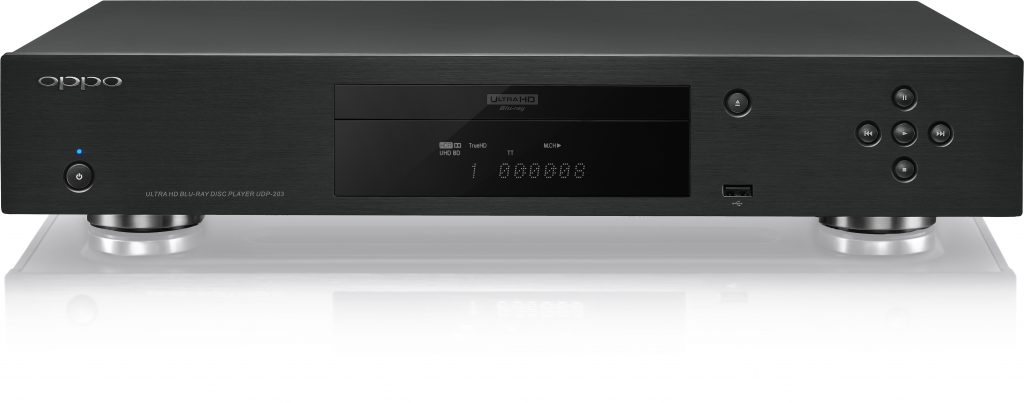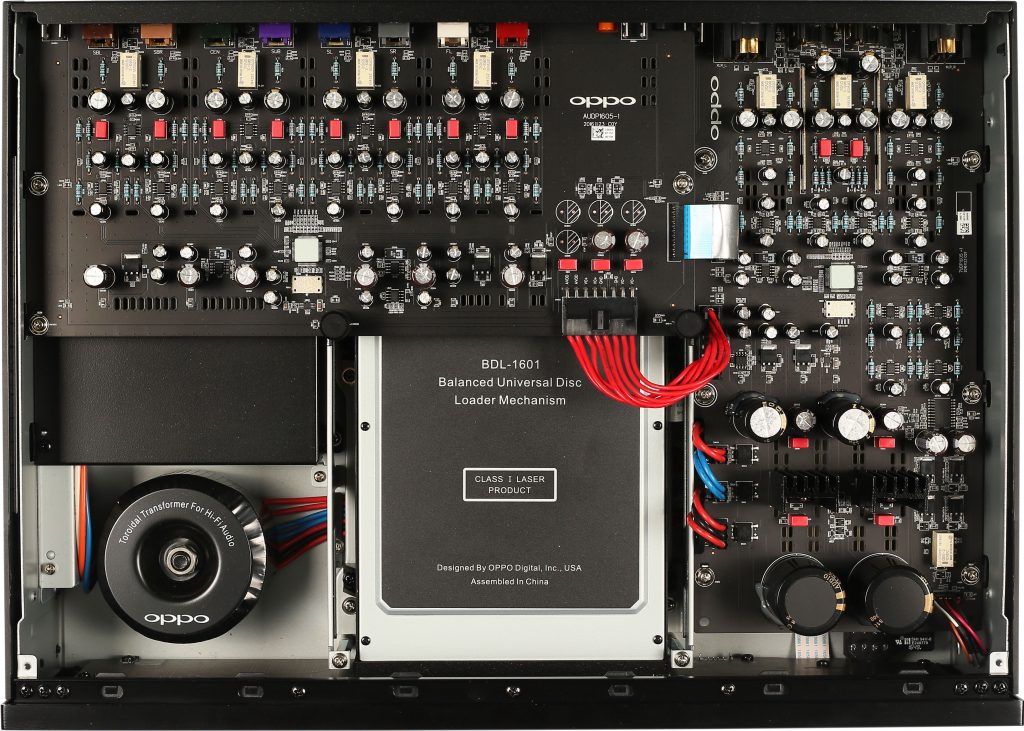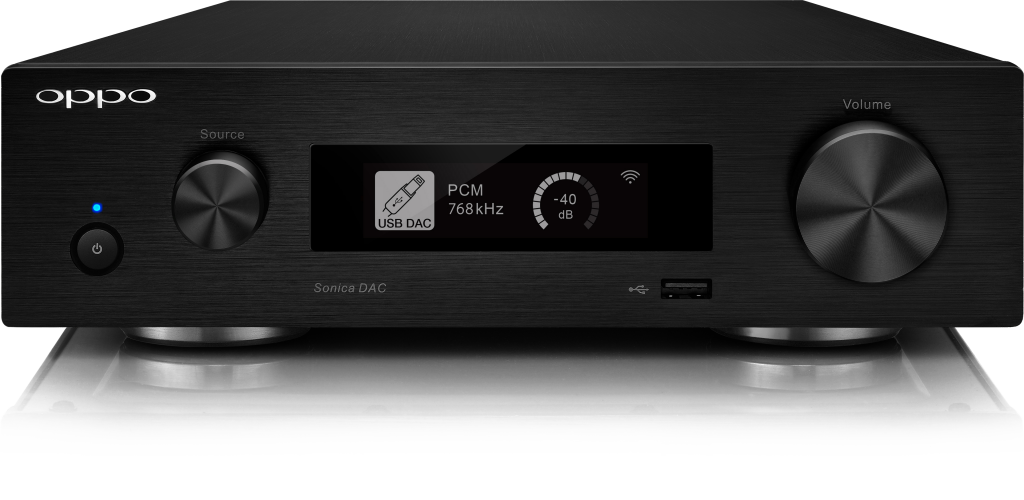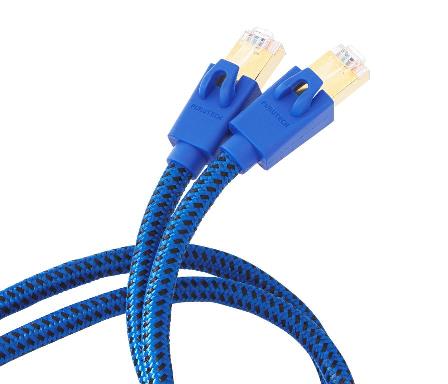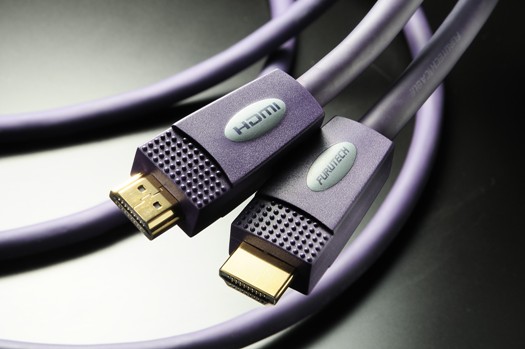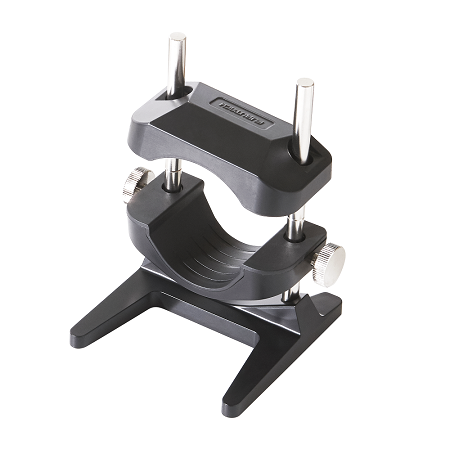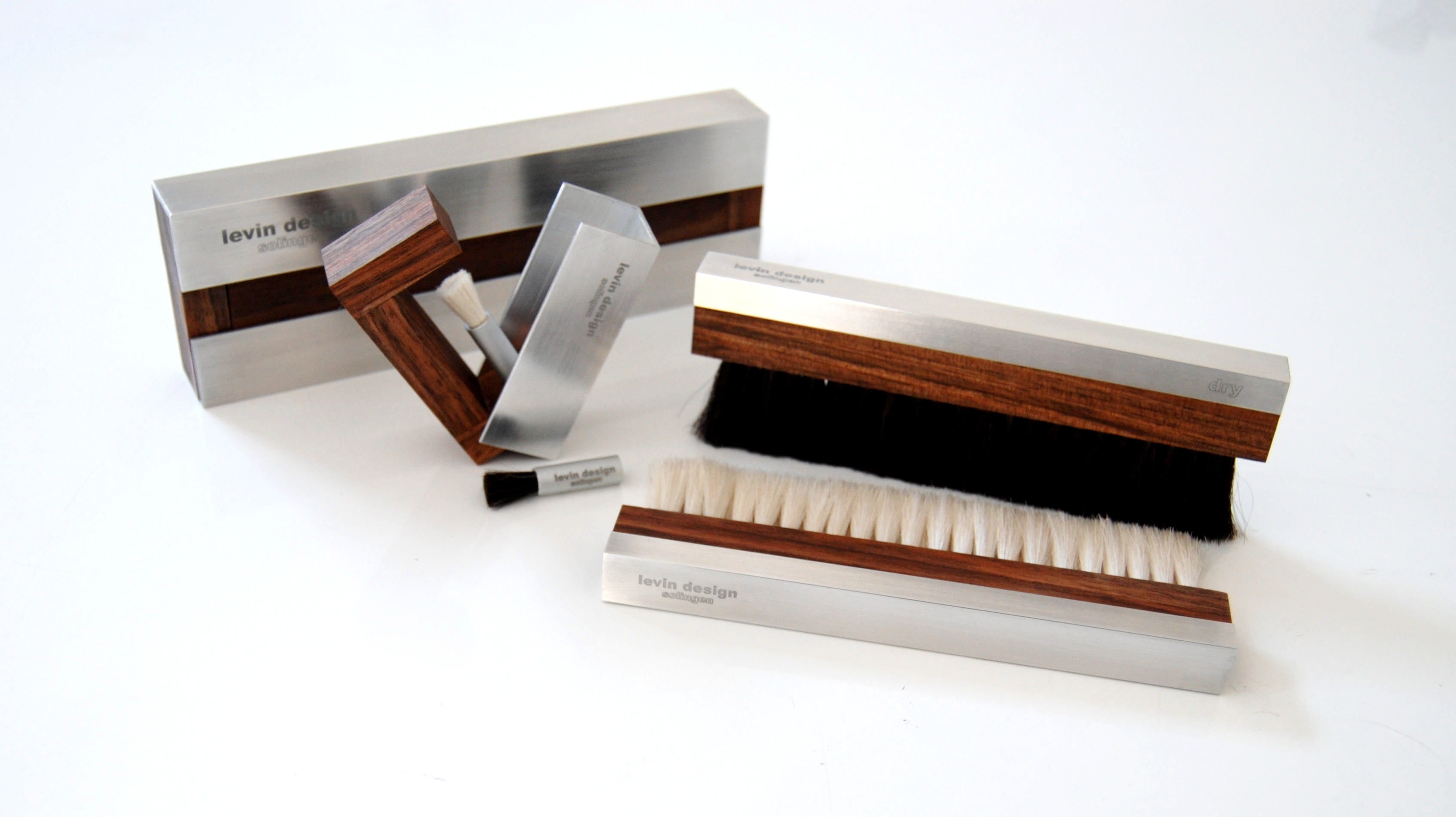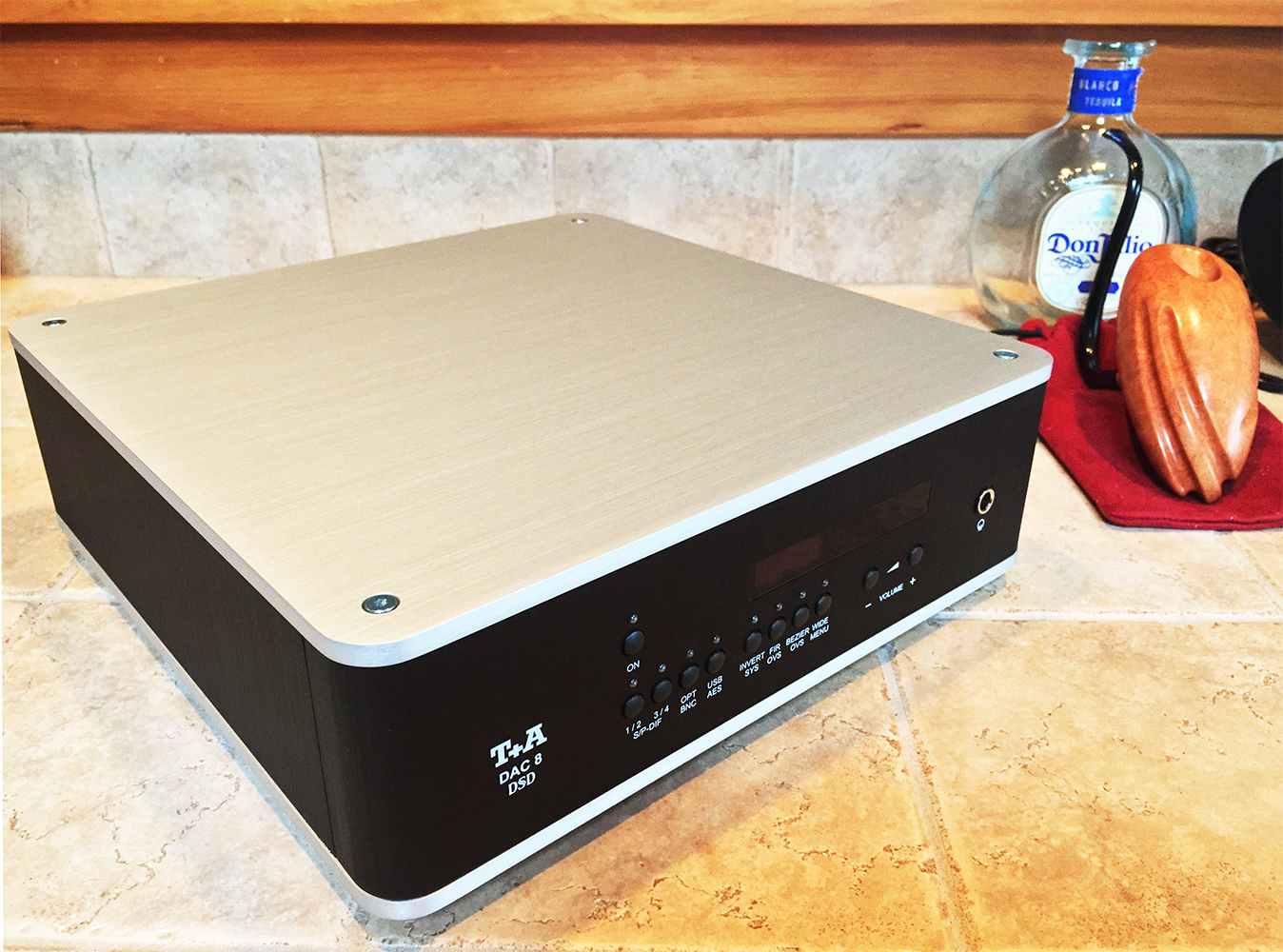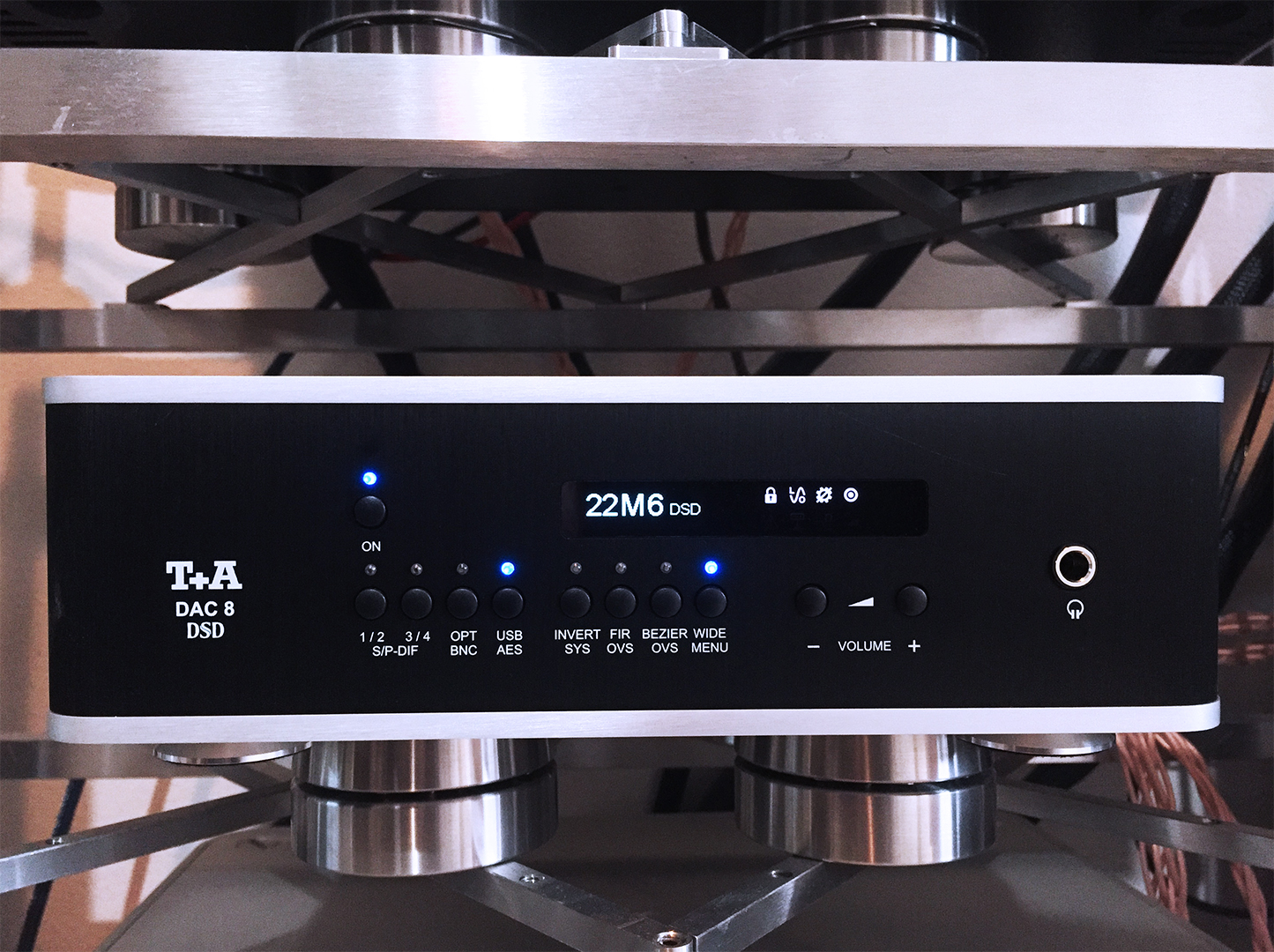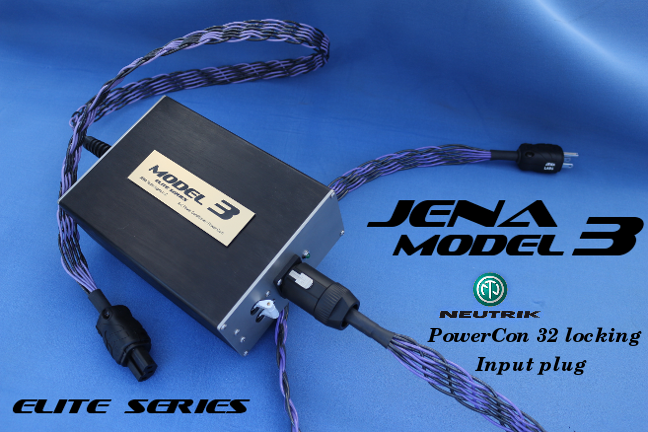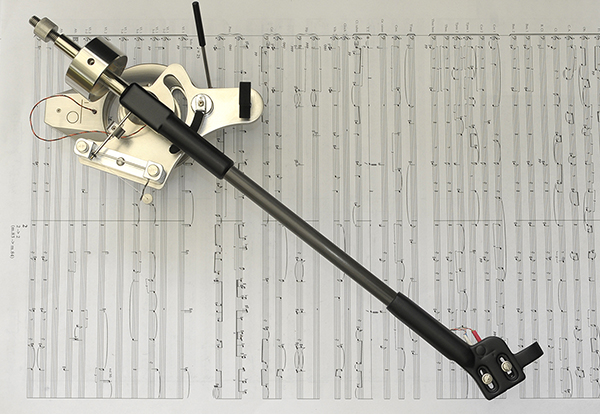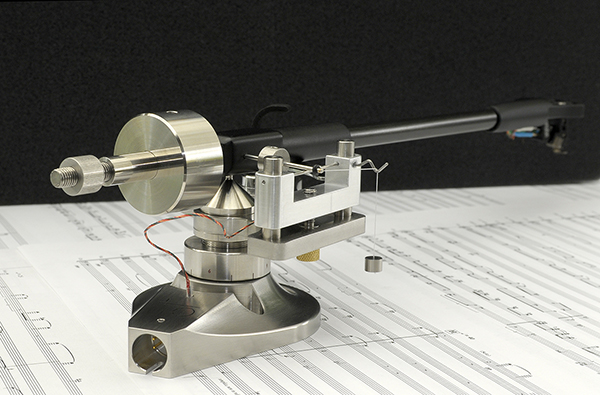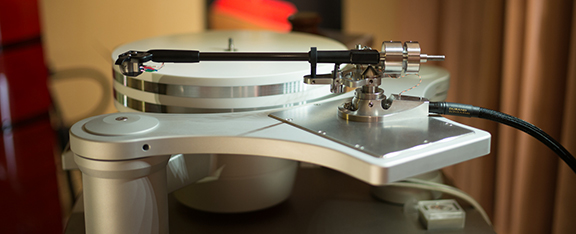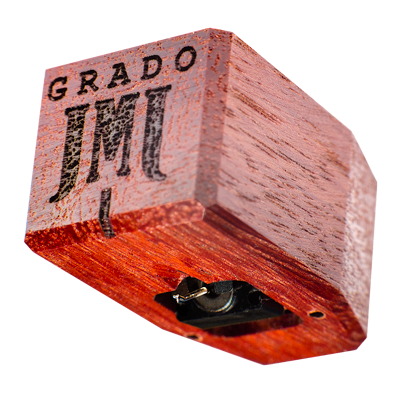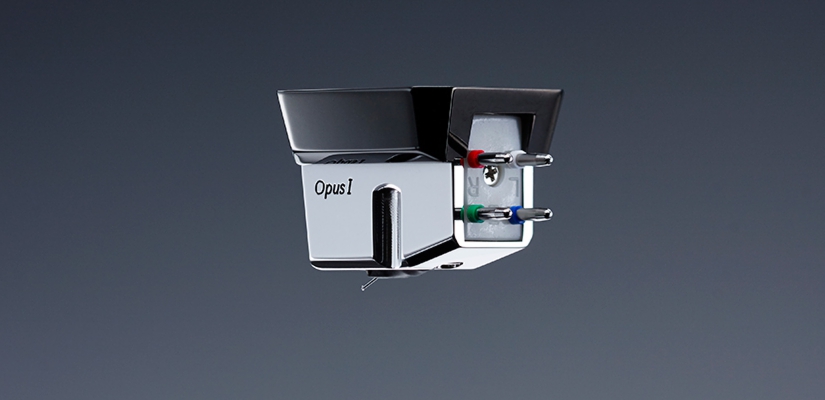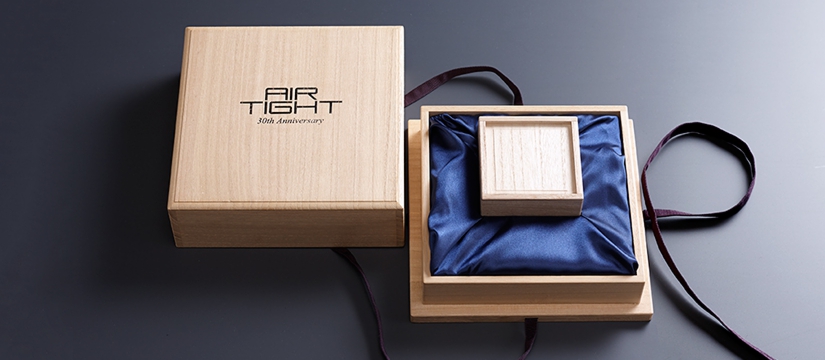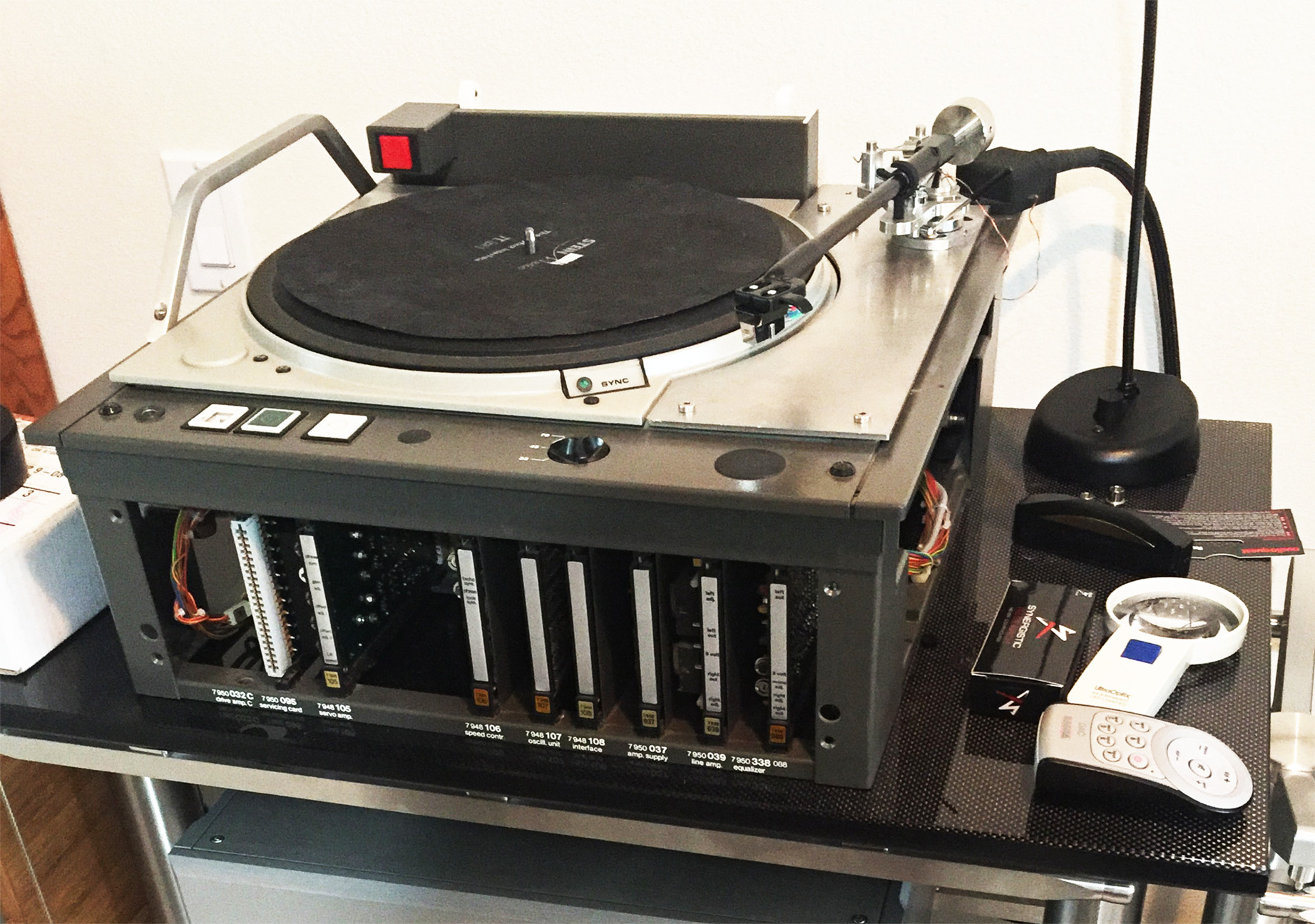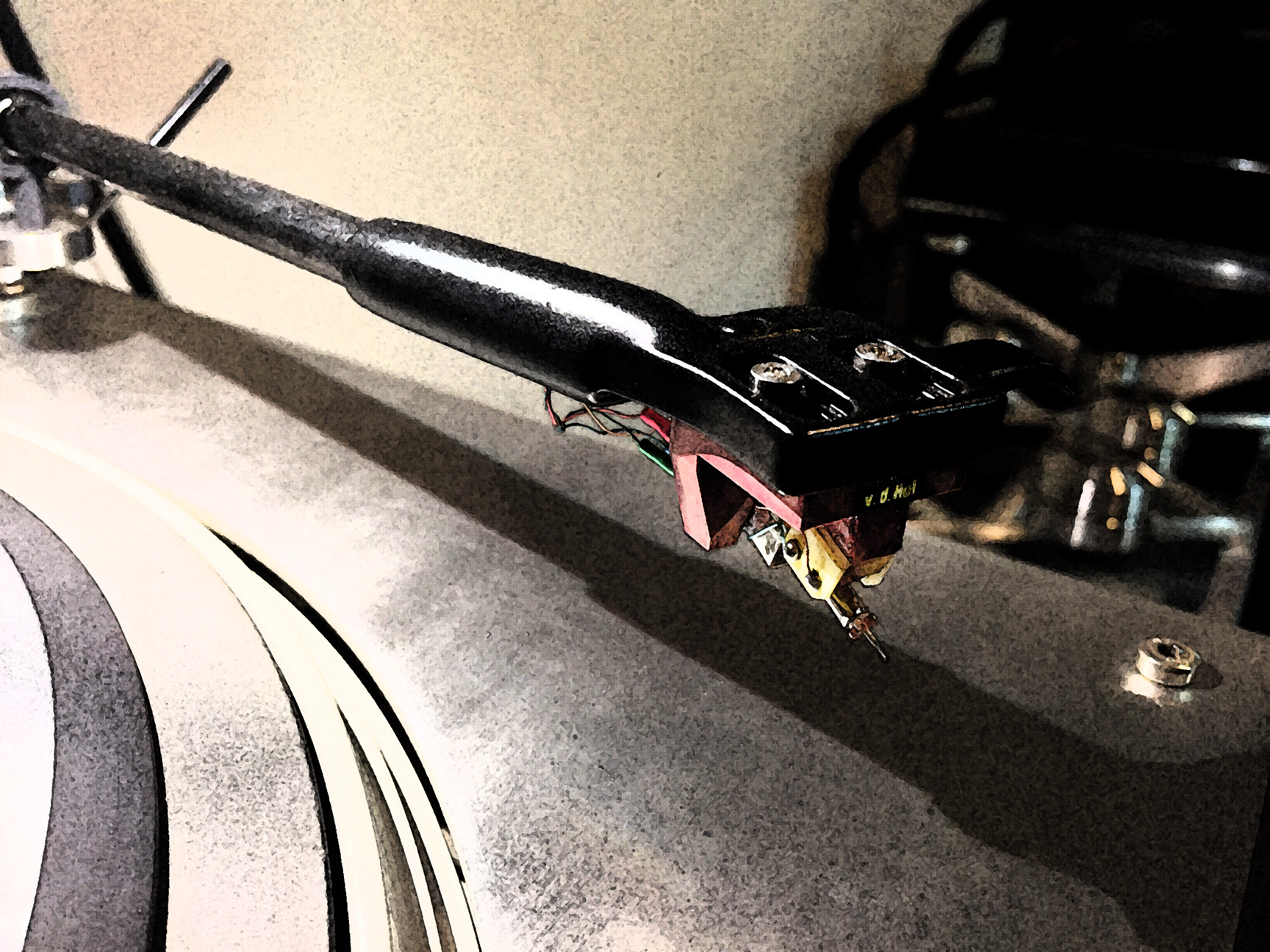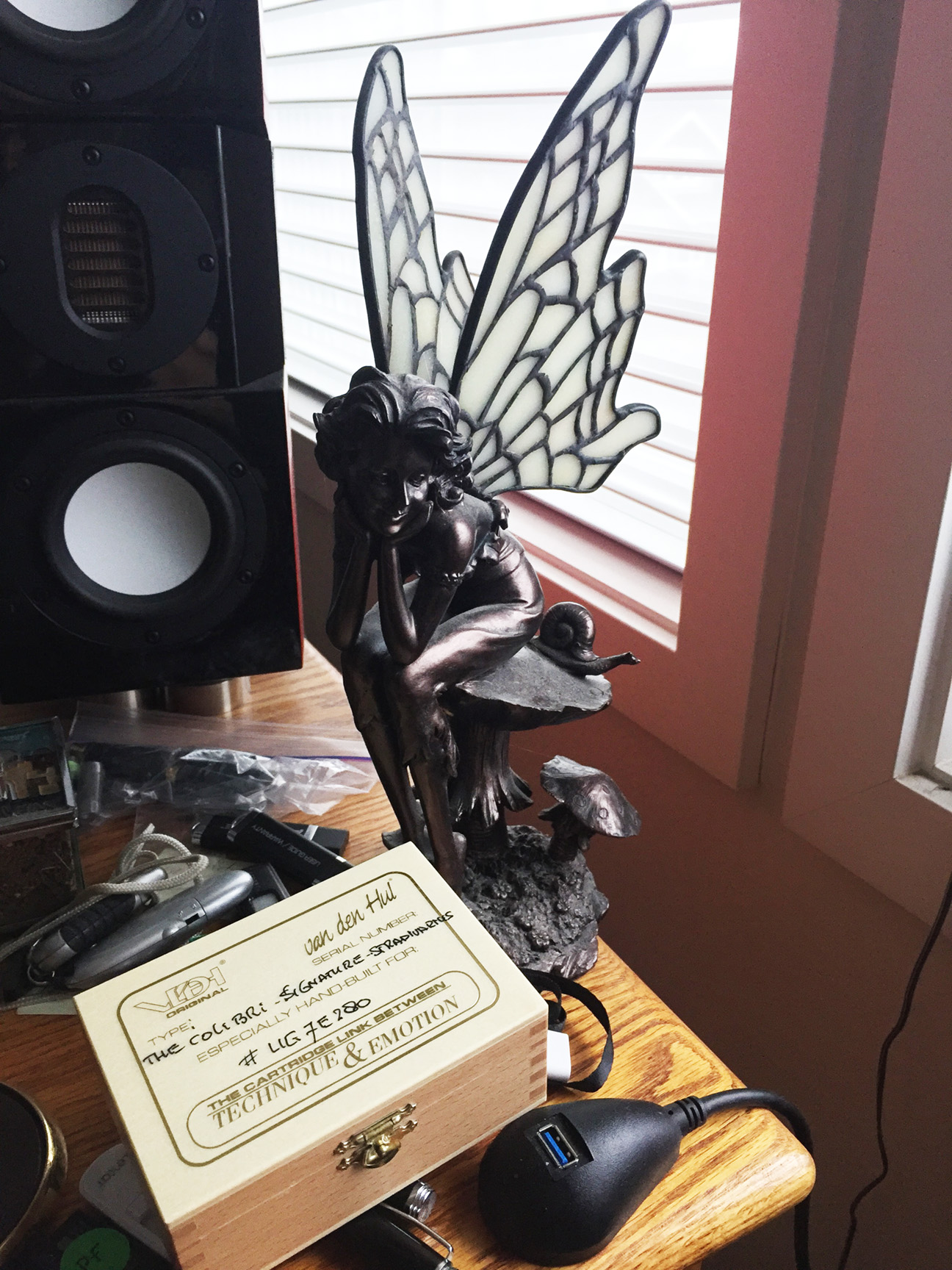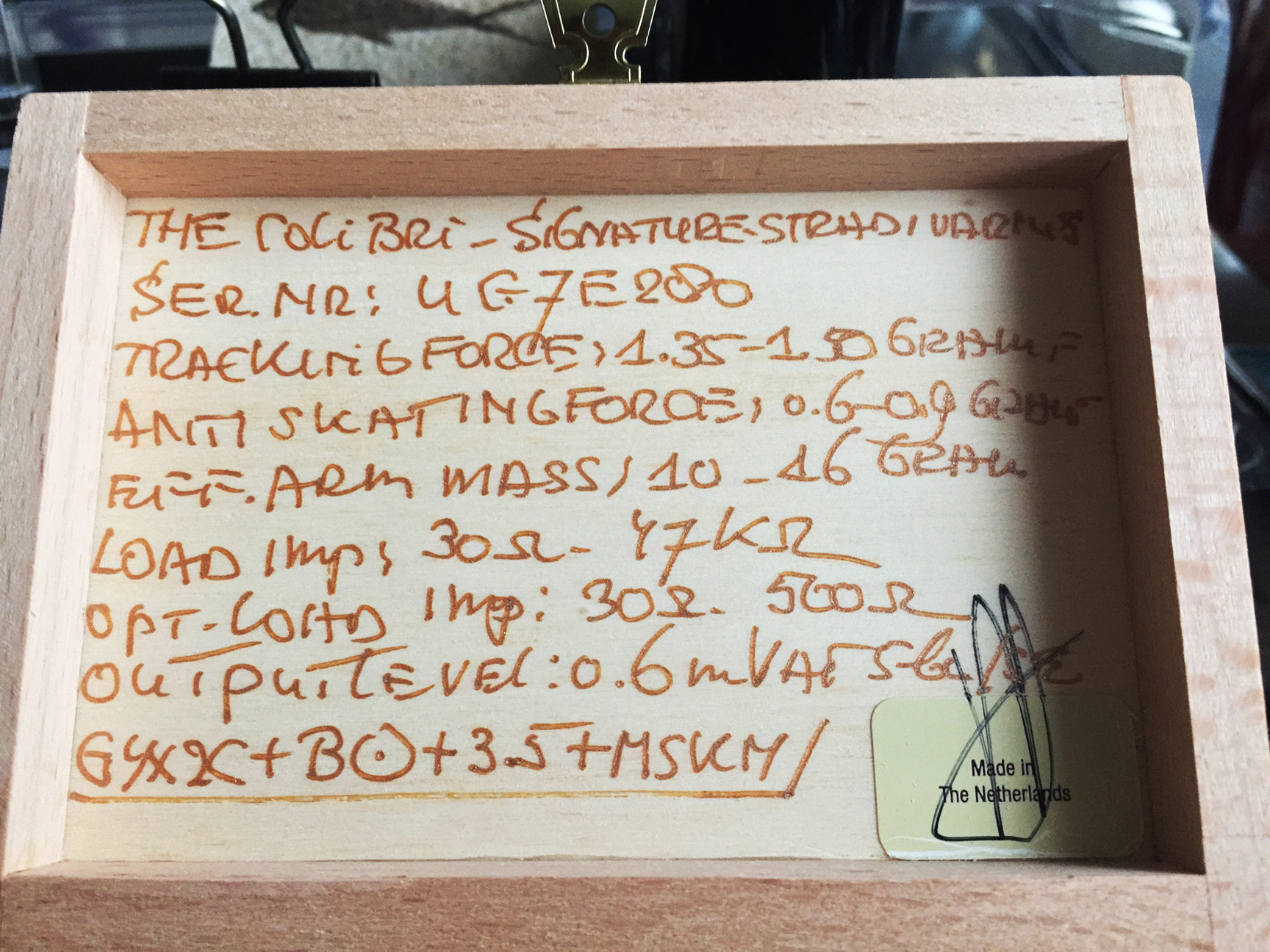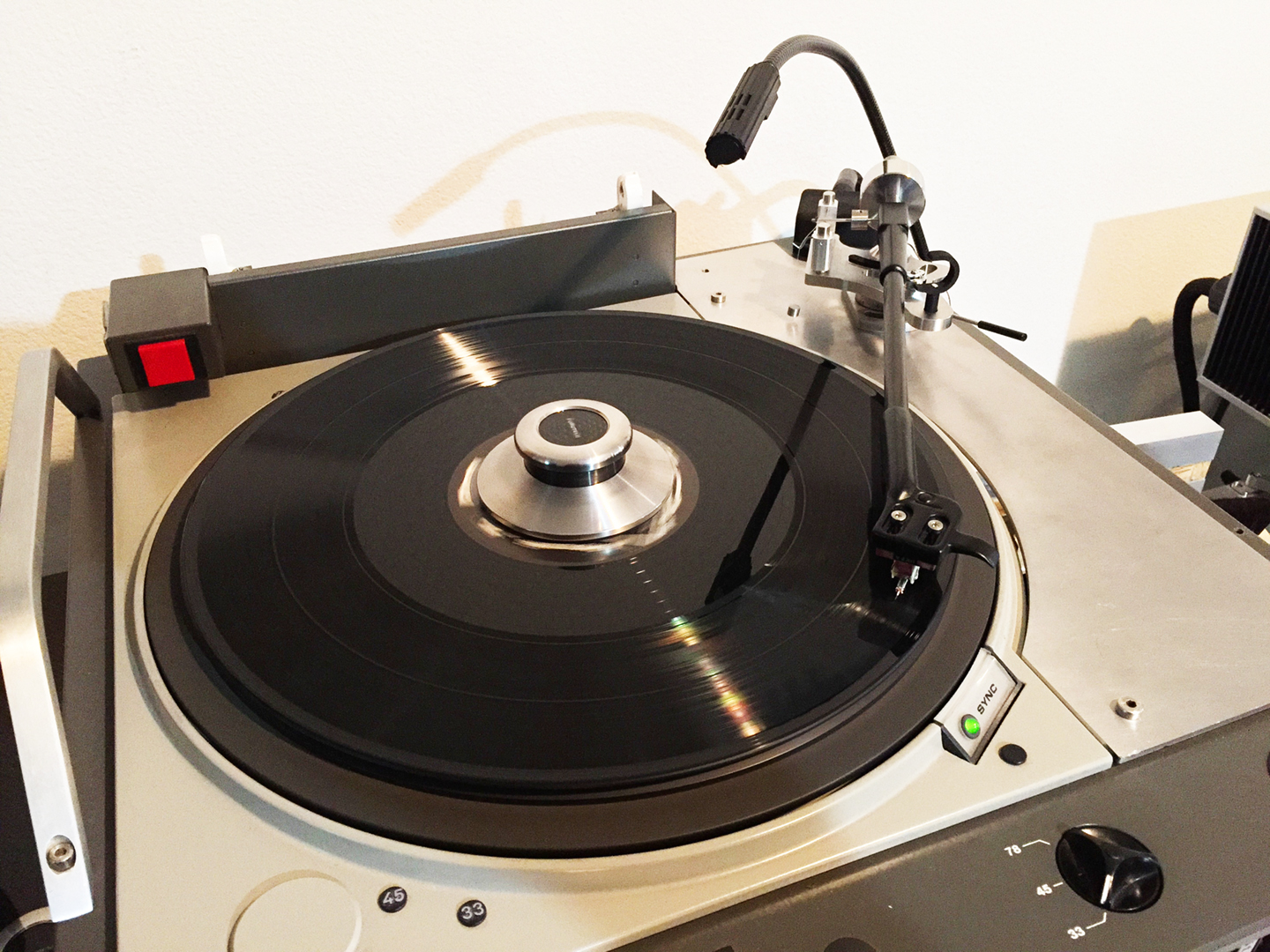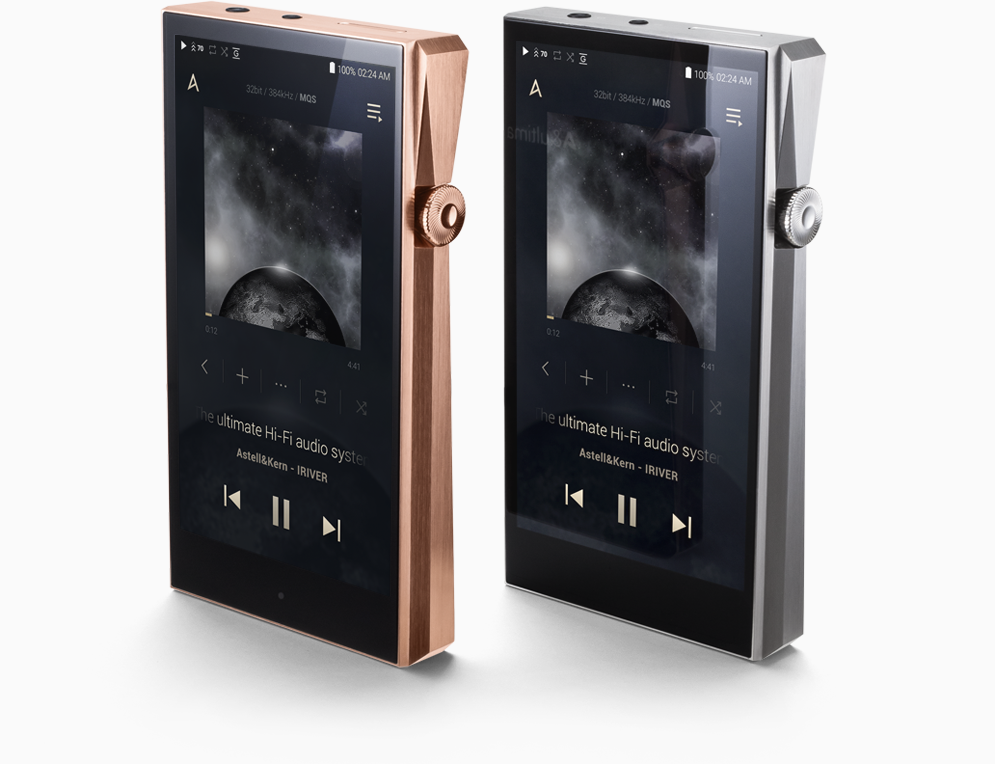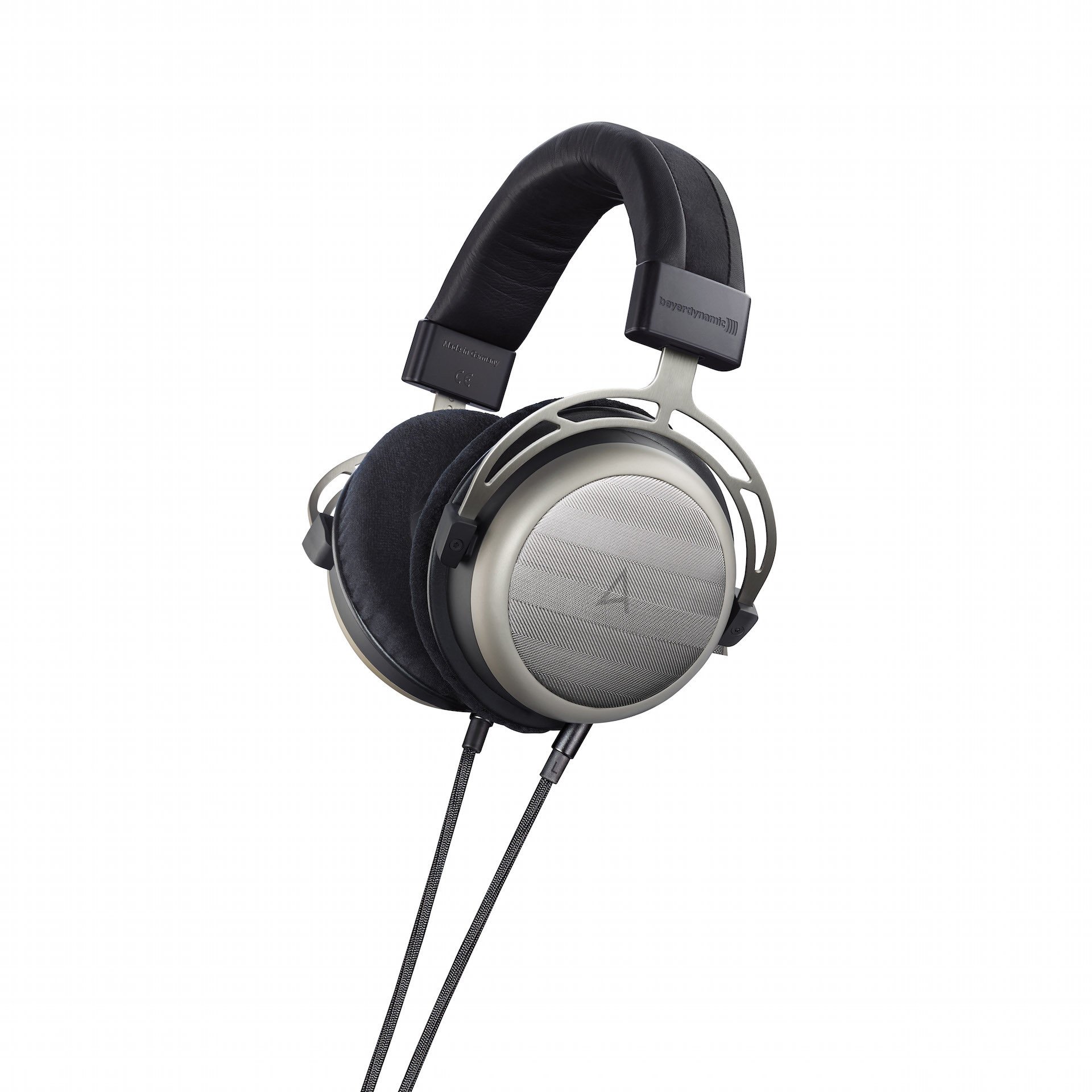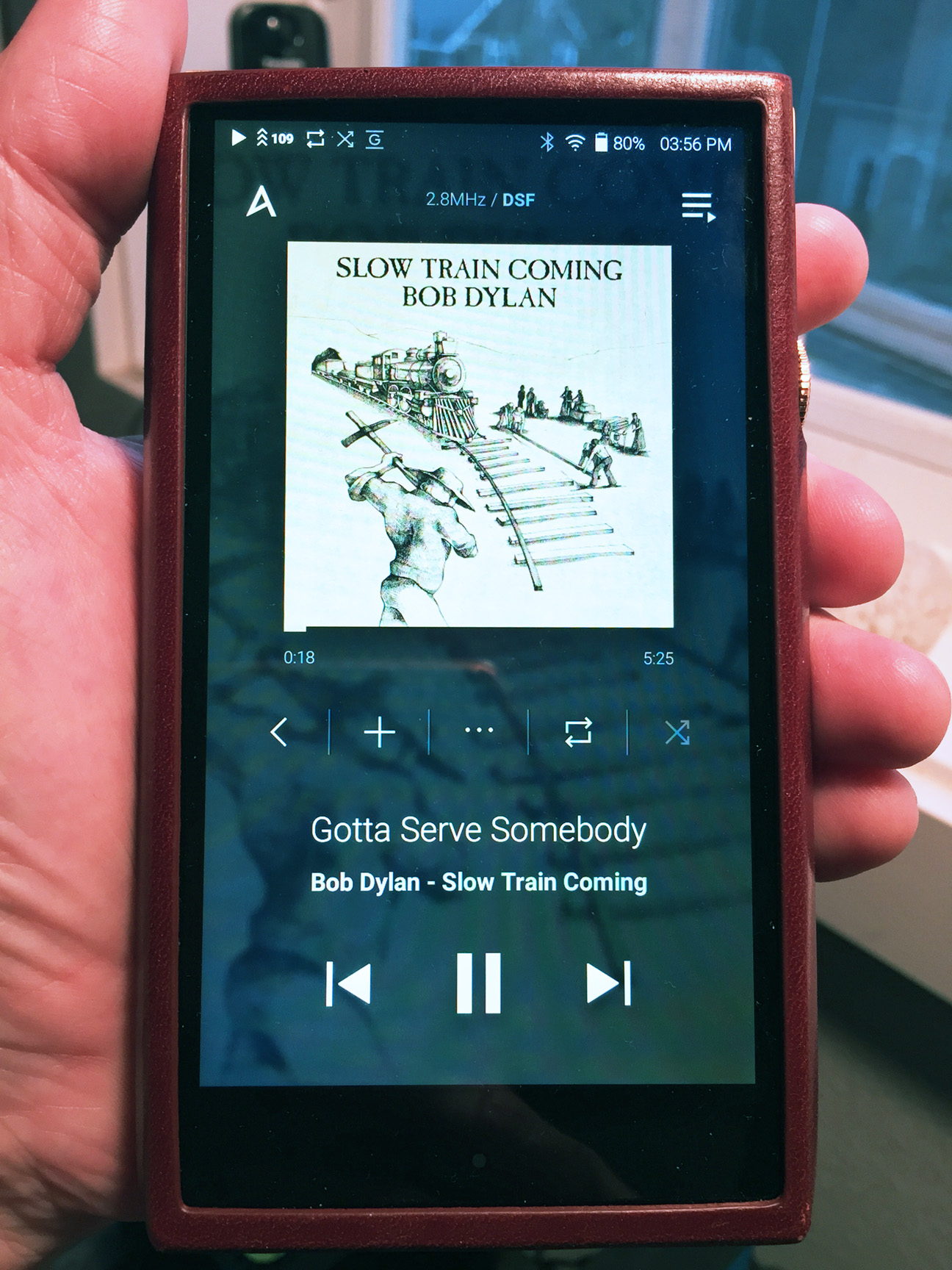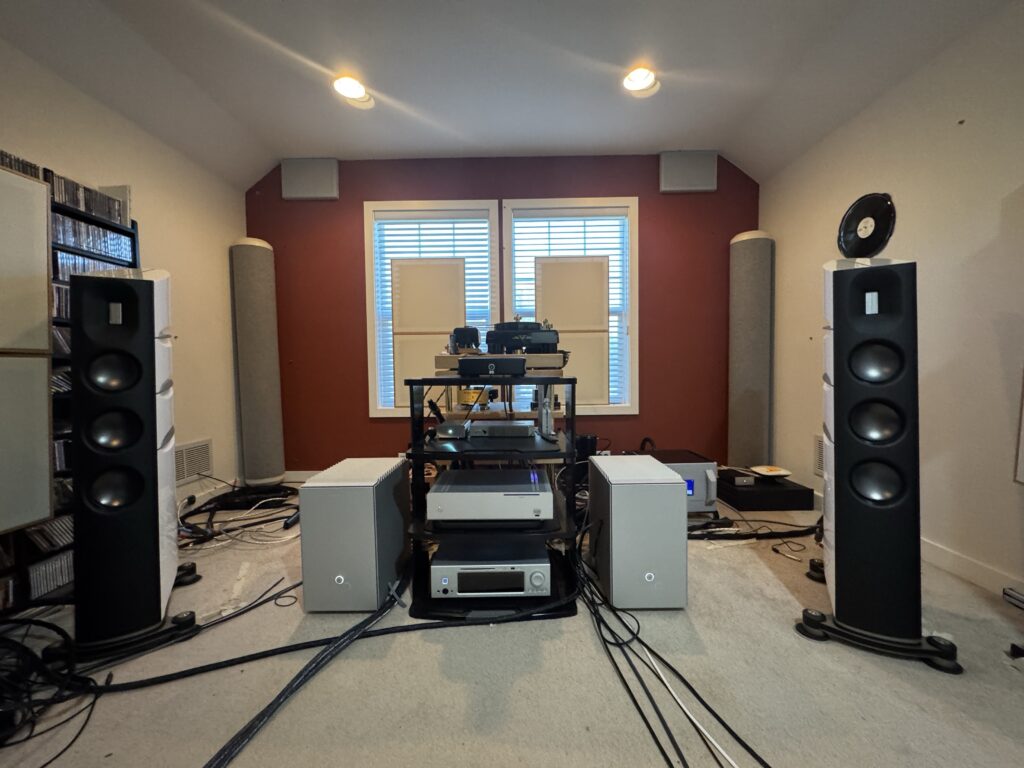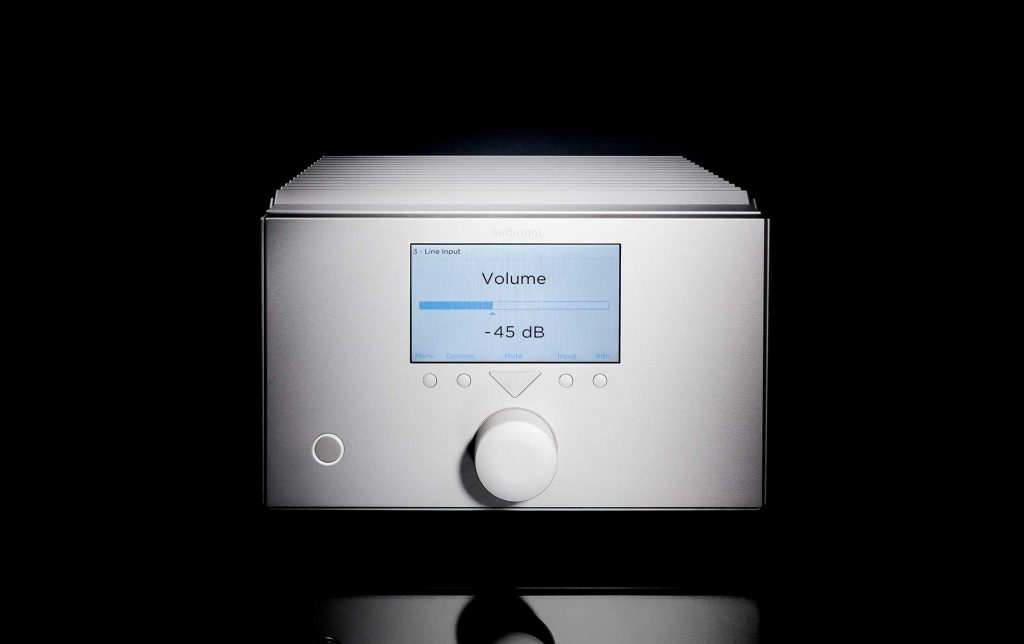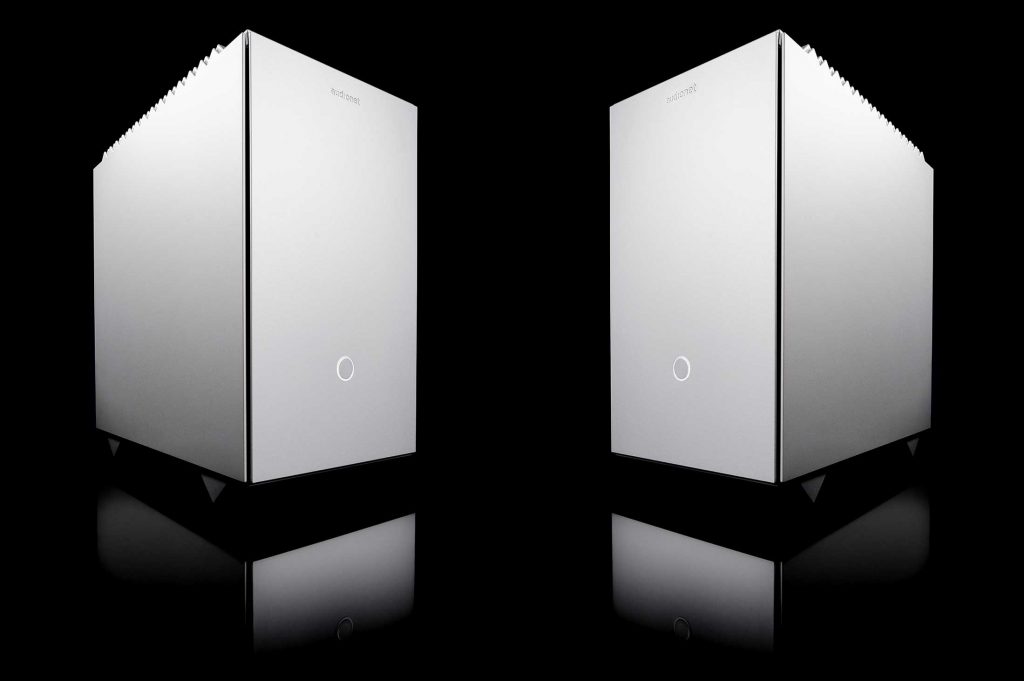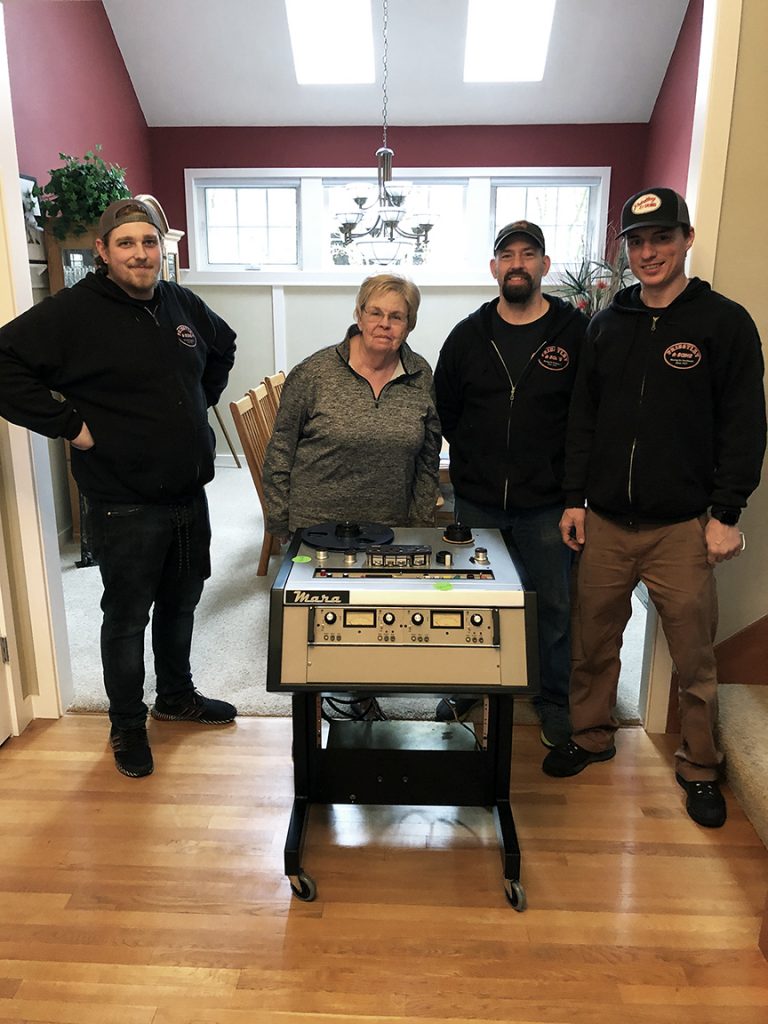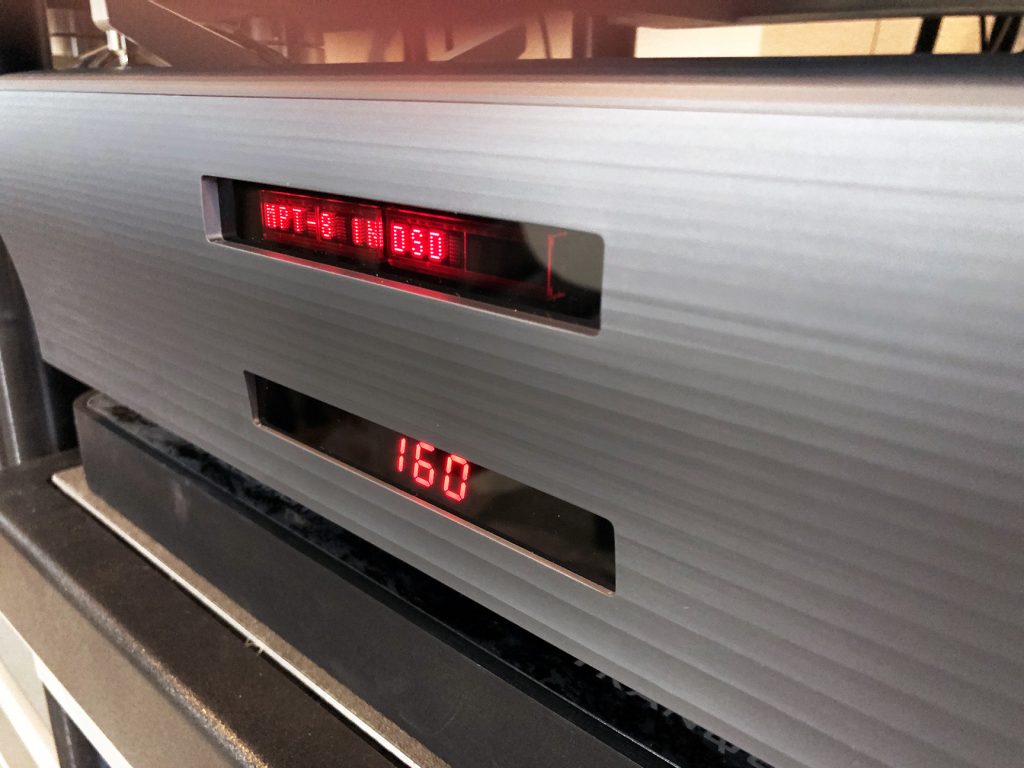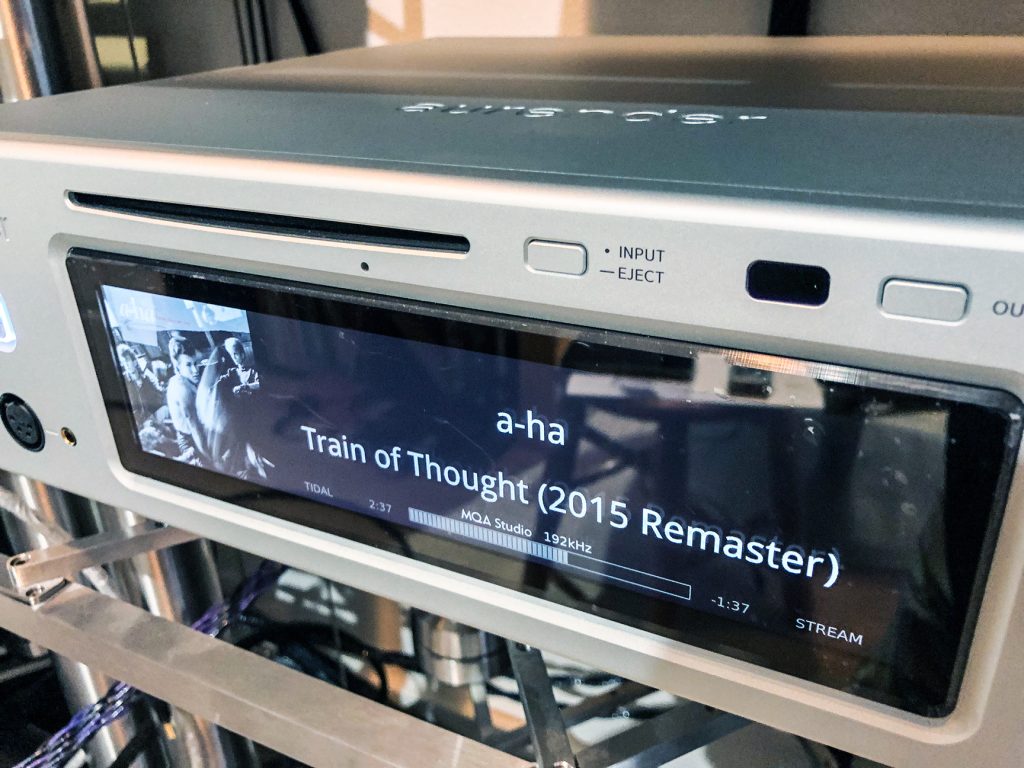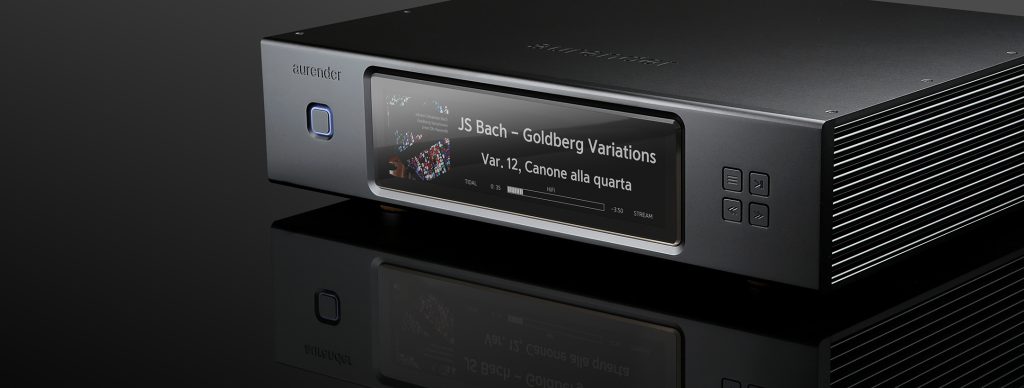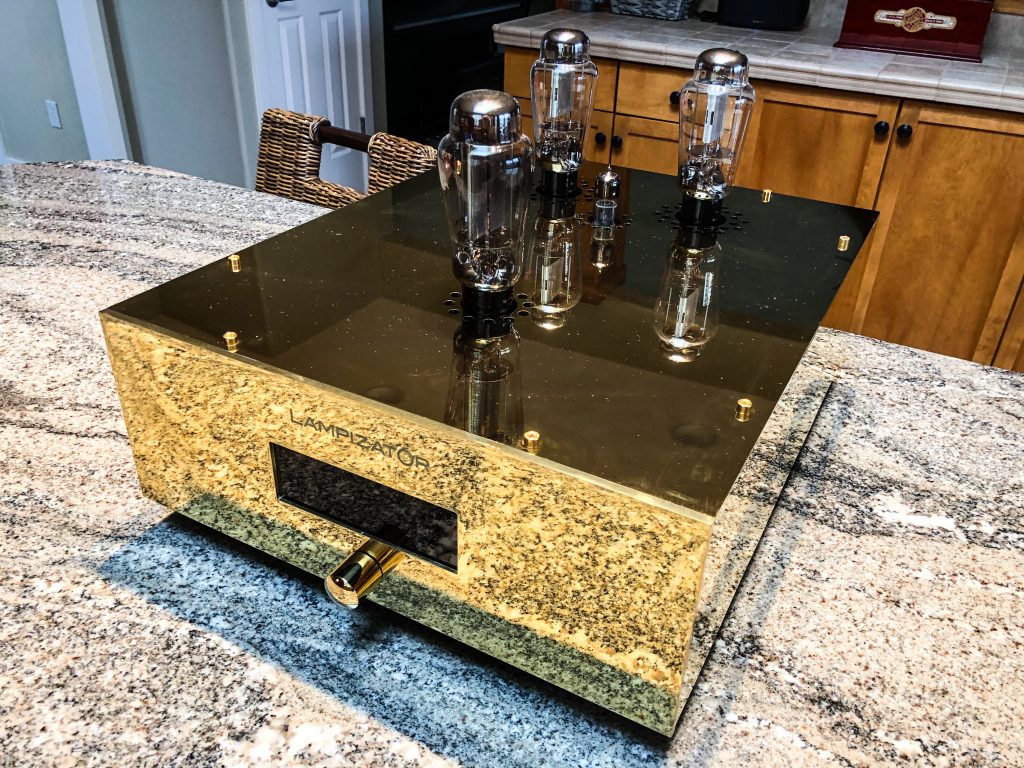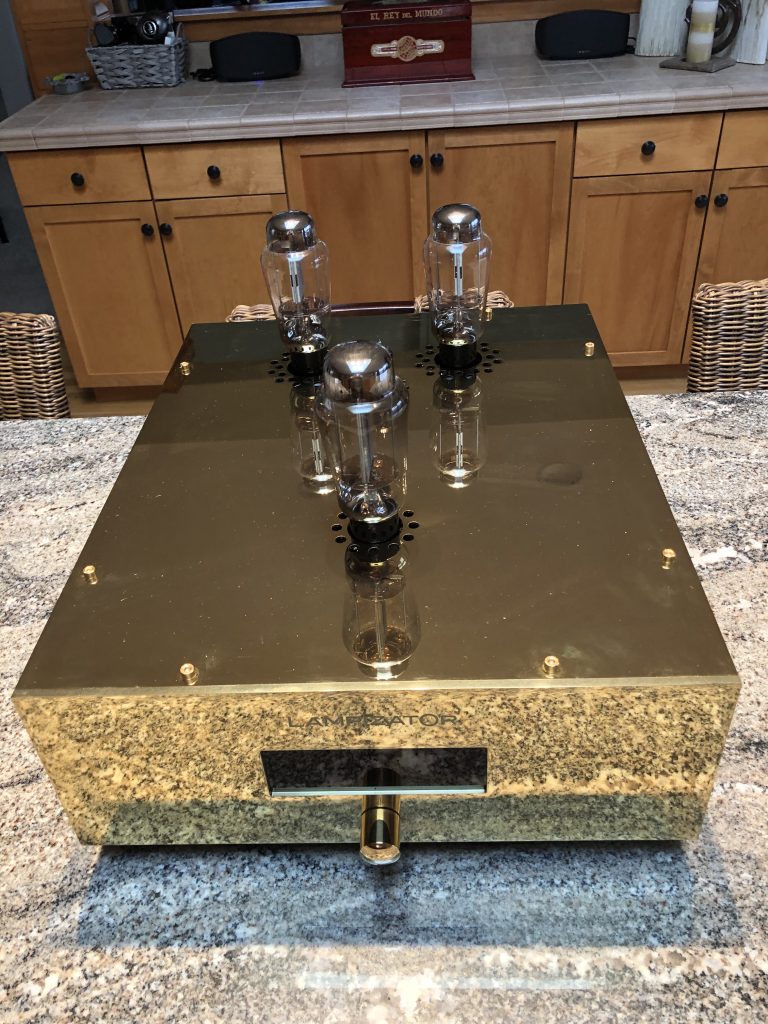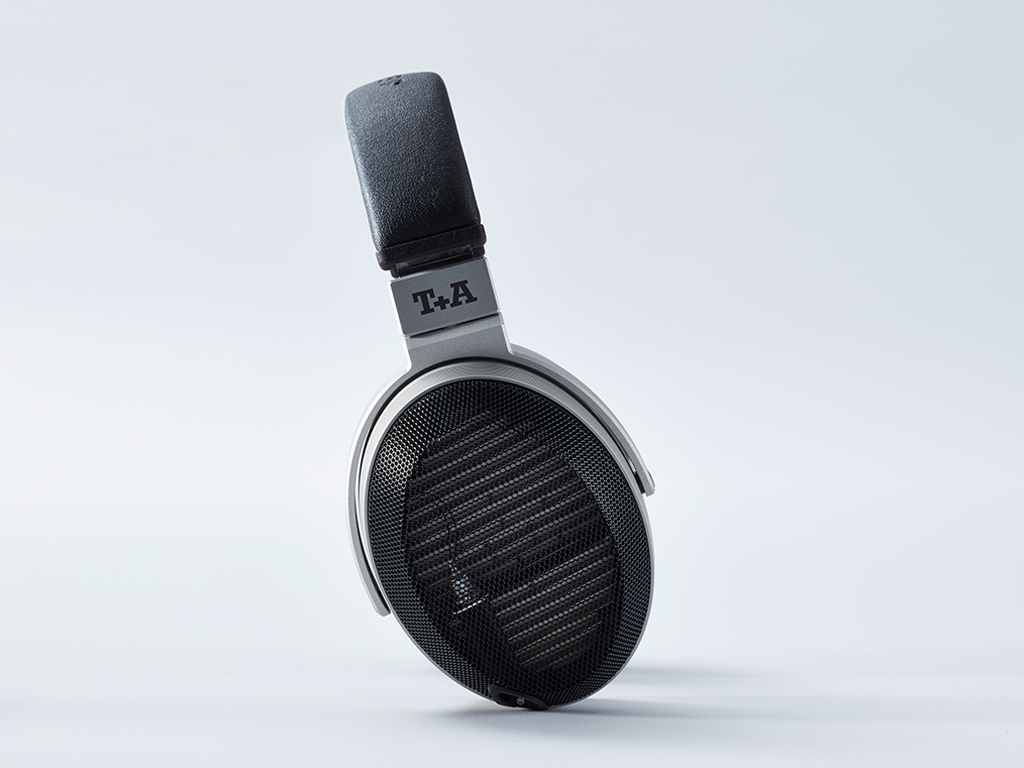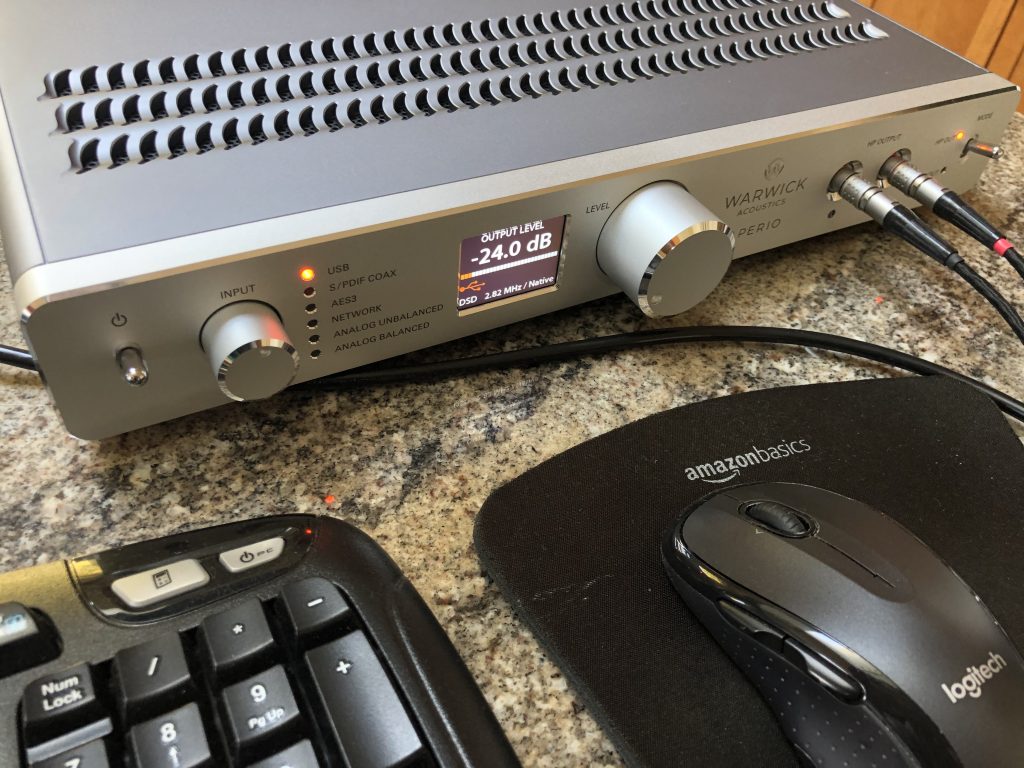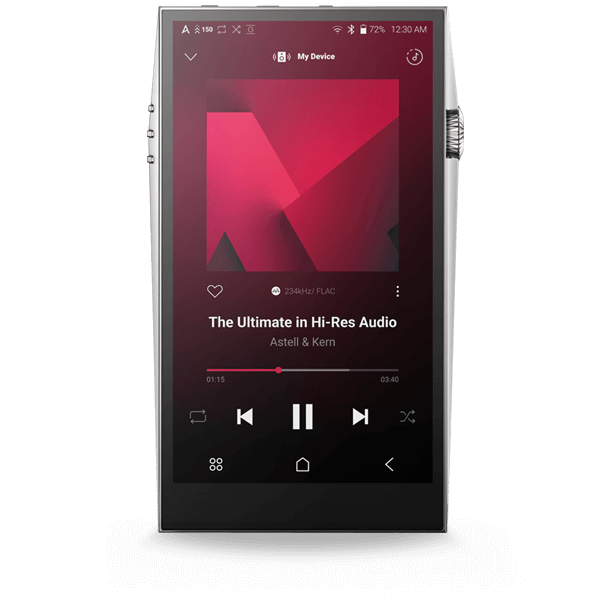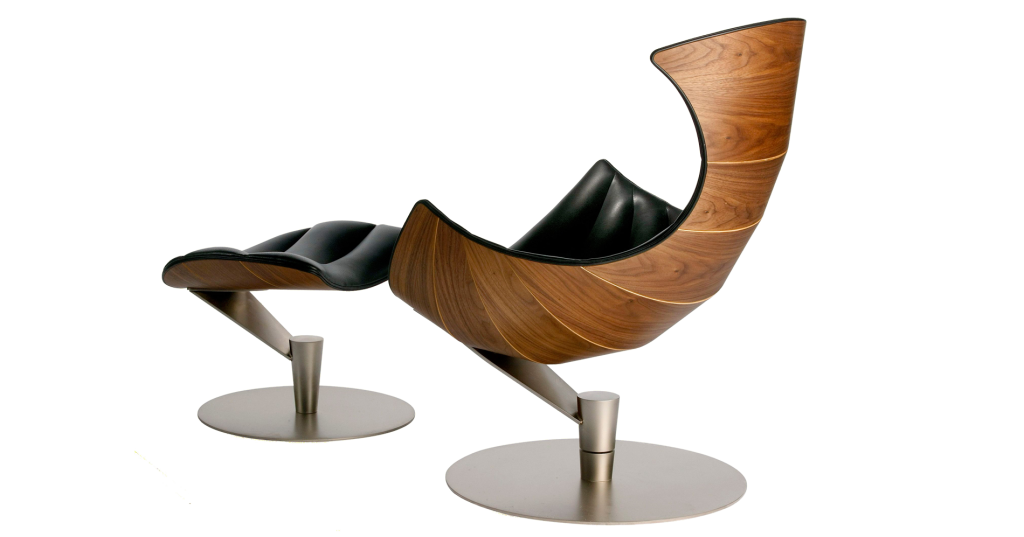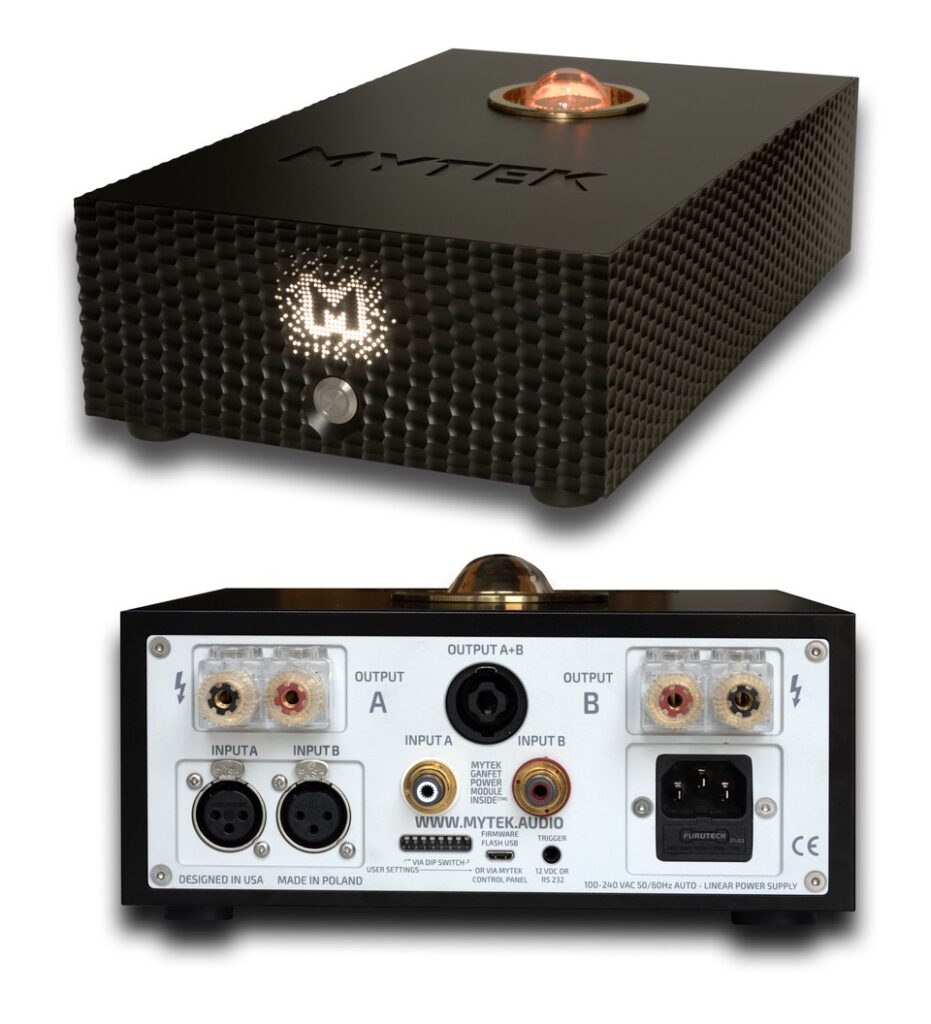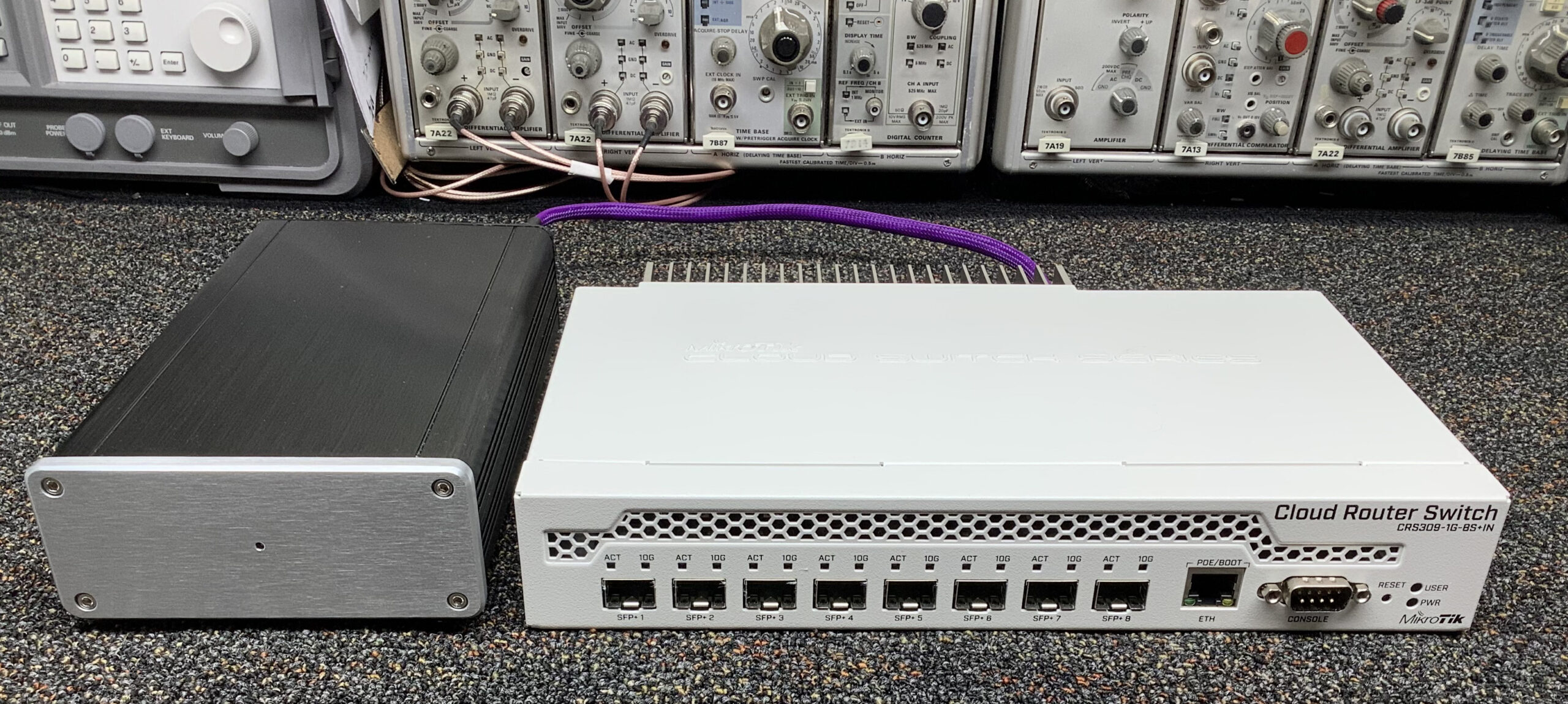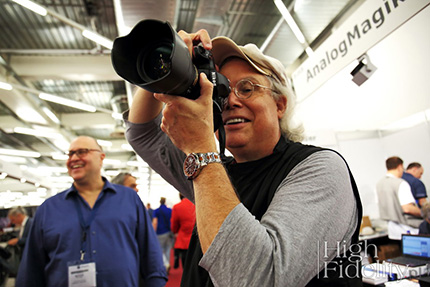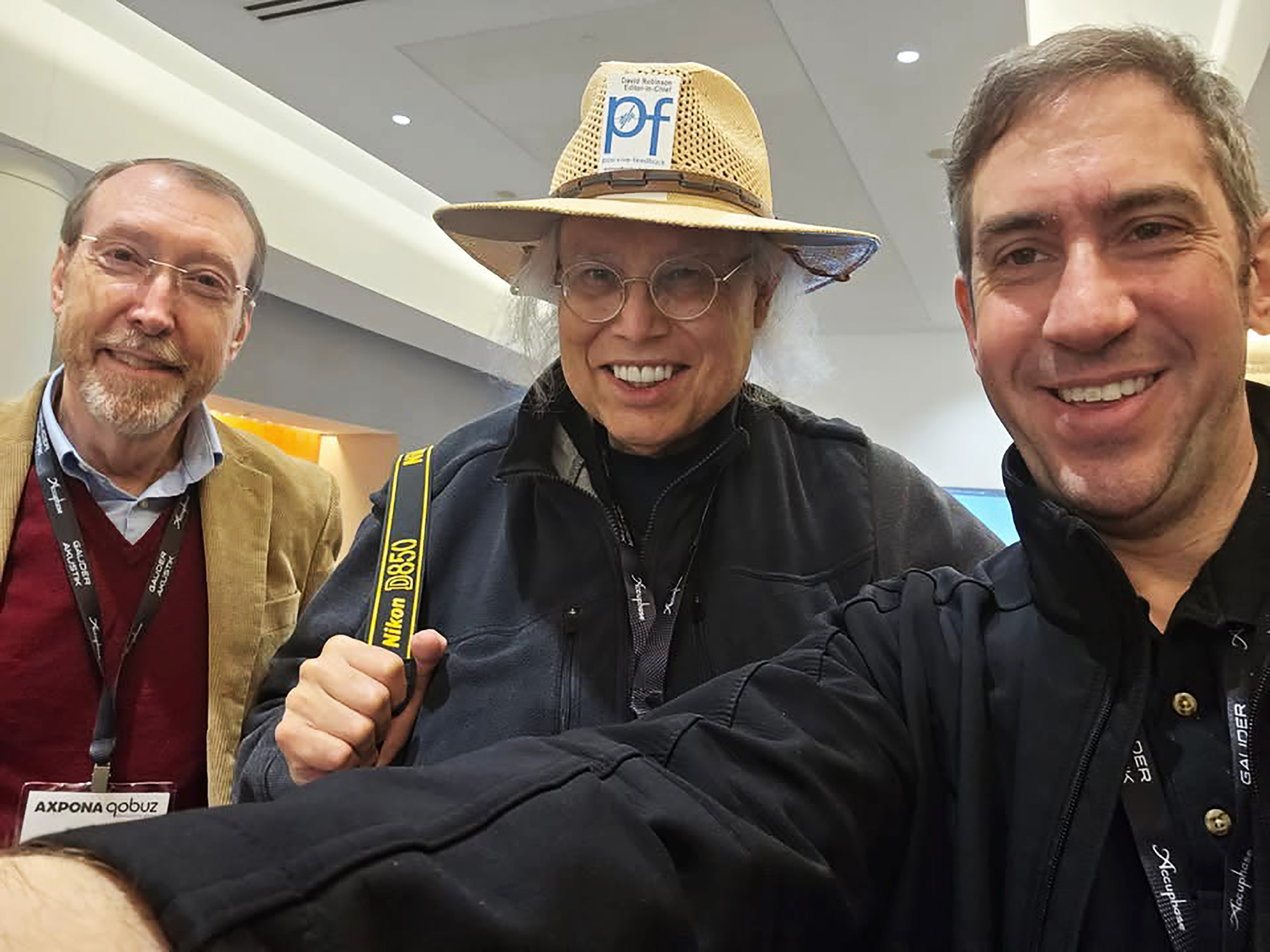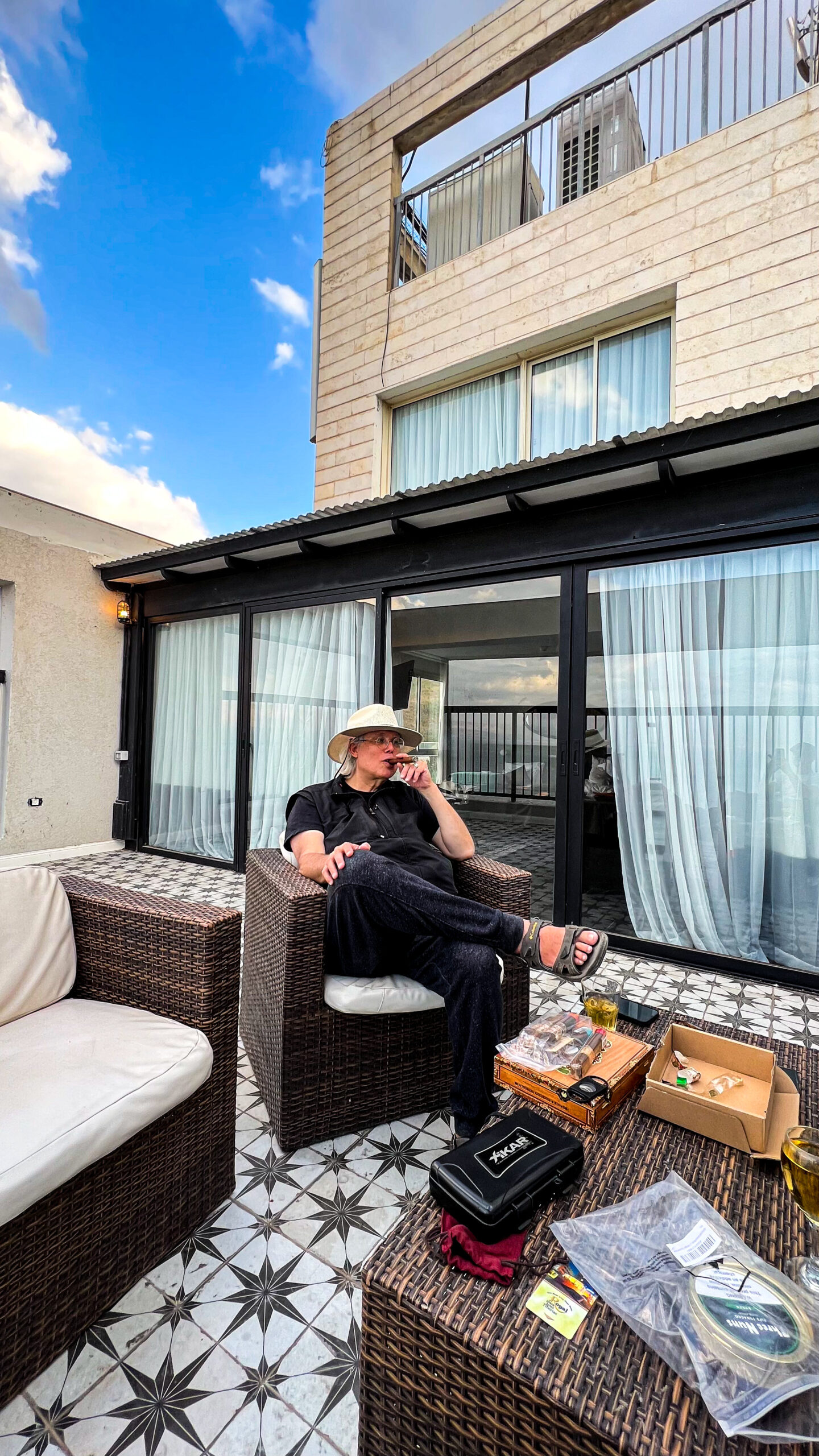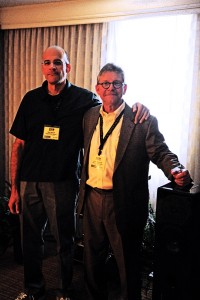Ye Olde Editor, contemplating life...
Nagra HD DAC with MPS External Power Supply
One of the legendary companies in fine audio is Nagra. As a lifelong lover of reel-to-reel recorders, I've known the name for decades…it's highly respected.
In conjunction with the extraordinary Sound Galleries SGM2015, we brought in two different DSD DACs to receive the output from that Music Server. The Nagra was very highly recommended by Edward Hsu of Sound Galleries for this project, provided that it was the configuration with the Nagra MPS external power supply, as well as the active XLR outputs. René Laflamme of Nagra was willing to send this configuration to us, and so it arrived early this year.
Listening to it took a while, since the T+A DAC8 DSD was already in the queue with the SGM2015. Once that cleared, we put the HD DAC/MPS with its mini-tubed (yes!) DAC into place on our Stillpoints ESS Reference Grid Rack #2. Edward Hsu connected remotely to the SGM2015 and reconfigured their music server for the Nagra. A significant change was the fact that the Nagra HD DAC currently supports up to Double DSD (DSD128), but no higher. This meant that the output of the HQPlayer had to be dialed from the earlier 8x DSD (DSD512) of the T+A.
Once done, I spent a number of months listening to the Nagra. Despite the lower nominal resolution (Double DSD vs. 8x DSD), the extraordinary design and build quality of the HD DAC and MPS shone through in real glory! What a supreme power supply! What I, and all visitors here, were mightily taken by the transparency, the detail, and the sheer musicality of the Nagra combo. In fact, while I would have preferred to have Quad DSD or higher available, I didn't feel deprived in any way while listening to the SGM2015/Nagra tandem. On the contrary, regardless of the type of source (DSD or PCM), the Nagra bloody knocked me out. Certainly the importance of a superior power supply and a great output section was once again underlined by the Nagra HD DAC.
And there's more good news. Nagra intends to update their HD DAC to Quad DSD output in the very near future. We're waiting for them to notify us of that upgrade…that will be a very glad moment here!
The Nagra HD DAC is definitely world-class, and definitely on my map of the "top o' the heap!" in high-end audio electronics.
Therefore, the Nagra HD DAC is completely worthy of "Ye Olde Editor's Very Highest Recommendation!" with amazed delight.
Walker Audio Velocitor Mark V
Lloyd Walker is no stranger at all to my Brutus Awards. As a matter of fact, he's won a ton of them over the year, and even won a custom "Gizmo for Life" Award, to recognize his many years of constant incremental improvements to his designs.
This year, he did a modification to the three Velocitors power distribution units that we've used here for years now. We shipped them back to him; several weeks later, they returned, now updated to the "Mark V" designation. Lloyd wasn't too specific about what was done, but he hinted that changes to some key components and wiring were accomplished.
The results were immediately noticeable. Lloyd's accessories have always possessed quickness and transparency in spades. He values them quite highly…as do I…and so I wasn't surprised when the new Velocitor Mark V took the previous virtues of the earlier Velocitor model and upped them substantially. Now they are faster and more transparent than even, which improves detail, imaging, and soundstaging, of course.
Lloyd won't say how he does it…but there's no doubt that this is a serious update to a component that we've had here for many years now.
Another killer upgrade from Walker Audio!
And it's yet another Brutus Award for Walker Audio, earning a "Ye Olde Editor's Very Highly Recommended!" along the way.
Sonoma Acoustics Model One DAC and HPEL Headphones
I reviewed the Sonoma Acoustics Model One DAC and HPEL Headphones earlier this year, back in Issue 92. You can find my comments HERE.
Given that review, there's no need to repeat myself. Despite my disappointment with the lack of support for Native DSD in the Model One DAC/Amp (DSD is converted to 384kHz PCM), plus its limitation to Double DSD input (a growing problem), which I made quite clear in my review, the fact remains that this Sonoma Acoustics product is still a remarkable product. I've heard a lot of headphone amps in my time, and the Model One has a remarkably high level of detail and a fine transparency.
And those HPEL Headphones! They set a standard for lightness, comfort, and full-range performance that is of audiophile professional grade. They are extremely seductive to these ears!
I expect that a revised version of the Model One (a Model Two?) that provided support for Native DSD (no conversion of DSD to PCM) and Quad DSD would be a truly stellar reference product.
So, the Sonoma Acoustics Model One DAC/Headphone Amp and HPEL Headphones earn a "Ye Olde Editor's Highly Recommended!"…with an asterisk, as noted in my review. Come back next year, Sonoma Acoustics, with a Model Two!
GamuT Audiophile Lobster Chair and Stool
Here's a truly unique product that I reviewed this year, back in Issue 93.
Check the details of this brilliant design in my review. In short, the GamuT Lobster Chair is the first chair that I've ever had that combined incredible style and massive comfort with a wonderful non-interference with the listening experience. One's head is very comfortably supported without affecting the sound, which makes it unique.
If you can swing it, get it!
Definitely a "Ye Olde Editor's Very Highest Recommendation!" here, and a well-deserved Brutus Award for 2017!
OPPO Digital UDP-203, UDP-205, and Sonica DAC
OPPO UDP-205
Ah, the great folks at OPPO Digital! How do they do it, year after year?!
Not a year goes by that OPPO doesn't do something new and amazing, at price points that just impress the hell out of me. This year, it's their new 4K/Blu Ray players with universal format support and SACD/DVD/DVD-A/etc. optical formats.
OPPO UDP-203
The UDP-203 focuses on up to 4K playback, at a very affordable $549 price. It's a definite step forward over the earlier BDP-103, without costing you much more for the transaction. If you're mainly interested in video playback, this is a fine way to go. Certainly the video performance is much better than the BDP-103 that this one replaced.
The UDP-205 is a different cat altogether. Yes, it does 4K/Blu Ray/DVD/SACD/DVD-A/etc., as well, but it is also optimized for superior audio performance. The new ESS 9038 chipset is hooked up to a superior power supply and real attention to audio output, in both stereo and surround modes. The difference over the BDP-105 player that it replaced isn't minor: This is a huge advance in both audio and video quality.
To properly evaluate the UDP-205 on the video side, I finally bit the bullet on a 65" XBR65A1E 4K OLED TV, the Sony Bravia (2017 version). I had been waiting for years to get into a reasonably-priced, first-class OLED in a 65" size…this was it.
Hooking up the OPPO UDP-205 to the Bravia was very straightforward, provided that you keep some key factors in mind:
- You'll need to have 4K-rated HDMI cables in place; I used the new Furutech NI-4 High Speed HDMI cables with HEAC, which worked brilliantly.
- If you're going to stream 4K, having a device like the latest Amazon Fire and an Amazon Prime account is going to be essential.
- You'll need good bandwidth on your home's connection to the Internet.
Since I had these ingredients in place, the integration of the UDP-205 was pretty easy.
The results? In a nutshell, I can say that the video performance of the 205/Bravia OLED was absolutely killer! Certainly this is the best home theater that I've ever had here.
On the audio side, and after a couple of hundred hours of break-in, the UDP-205 with its ESS 9038 chipset likewise provided audio performance that was noticeably superior to the BDP-105, in both stereo and surround modes. Playback of SACDs in either stereo or surround modes provided exceptional performance: detailed, dynamic sound with very fine musicality.
And at $1299, this is a stark raving steal! A true no-brainer, fellow audiophiles.
For those who are looking to take the UDP-205 to the next level, there is more good news. Dan Wright of ModWright already has a significant modification package for the UDP-205 that lets you climb further up, and further in. Tubed output and all that…quite the job. (You'll find more details about this at the Modwright site HERE. I'd recommend that you check this out.)
But OPPO wasn't done yet. It also released its new DSD DAC, the Sonica. (A profile of the Sonica can HERE at the OPPO Web site.) With output all the way out to DSD512 (8x DSD) and PCM at 768kHz/32-bit via its ESS 9038 chipset (USB input), the Sonica DAC amazes with its detailed, dynamic, and nicely musical presentation. It integrates nicely into your home network, with hard-wire Ethernet, WiFi, and Bluetooth all supported. Furthermore, it is easily controlled via your iPhone/iPad/Android device. There's a Sonica app that allows you to setup a network, distributed multi-room playback, and stream from LAN-based sources or from your Tidal account. In fact, I'm listening to some Lou Reed right now via Tidal HiFi/Sonica/PASS Labs INT-250 integrated amp/Evolution Acoustics MMMicro One.
Really fine.
But then comes the price: an MSRP of $799! Bloody hell! What are you waiting for?!
And note: ModWright also has a "take it to the next level" modification package for the Sonica, too. You supply the Sonica; they supply the goods. If you want to hot rod your Sonica, check out Dan's site HERE for the scoop.
OPPO Digital, my hat's off to you once again. A killer year for great products!
Therefore I give three Brutus Awards to OPPO in 2017, one each to the UDP-203, UDP-205, and the Sonica DAC. They all deserve "Ye Olde Editor's Highest Recommendation!" with affection and appreciation.
Furutech LAN7 Ethernet Cable, N1-4 High Speed HDMI Cable with HEAC, and NCF Booster
I've already mentioned Furutech's N1-4 HDMI cable above. It's no surprise that Furutech receives three Brutus Awards this year; they're regulars here.
The LAN7 Ethernet cable provides audio network connectivity with ultra-fast CAT7 connectivity for gigabit networks. The bandwidth is 600mHz, which should give you all that you need for all audio applications.
It certainly does here, where it's been in use in our audio LAN network for months now. It's certainly a major step forward from generic CAT7 cables, absolutely for sure. Don't think it can make a difference? Try it, daddy-o!
As I mentioned above in my comments on the OPPO UDP-205, the Furetech N1-4 High-Speed HDMI Cable with HEAC (HDMI Ethernet with Audio-return Channel) was put into use into video application immediately. The results were superlative: no problems with 4K video streaming on the Amazon Fire at 4K levels, or from 4K discs, and the best picture that I've ever seen, courtesy of our 65" 4K Bravia OLED.
(With these cables, note that prices will depend on length. Check with your Furutech source for price quotes.)
Going 4K? This is the cable you'll need. Period.
Last of all, the new NCF Booster provides vibration control and a certain shielding right at the point that a power cable is attached to its power input. In use here at PF Central, I found that it provided a definite audio improvement, by lowering the noise floor and providing a degree of clarity. I liked the improvement with our PASS Labs Xs 150 Monoblocks and INT-250 Integrated Stereo Amp.
I therefore give the Furutech LAN7 CAT7 Ethernet Cable, the Furutech N1-4 HDMI Cable with HEAC, and the NCF Booster Brutus Awards with a "Ye Olde Editor's Highly Recommended!"
Levin Design Record Brushes
Straightforward stuff here.
Earlier in the year, Michael Vamos of Audio Skies sent me a sample Record Cleaning Brush from Levin Designs in Europe. Handmade, craftsman-like in its execution, this is without a doubt the best record brush that I've ever used.
Mine is crafted in Karelian Birch Maser, with goat hair attached via hand. It is a delight to look at and employ, believe me. It's certainly the most effective record brush in my experience.
There's nothing else to say. This is the record cleaning brush for me!
The Levin Design Record Cleaning Brush wins one of my Brutus Awards for 2017, and a "Ye Olde Editor's Very Highest Recommendation!" with pleasure.
T+A DAC8 DSD
The T+A DAC8 DSD is another product that I reviewed earlier this year, in November; you'll find the link here.
In it I evaluated the combination of the Sound Galleries SGM2015 and the T+A DAC8 DSD. You'll see the comments in my review. There's no doubt that at a price of USD $4000 the T+A unit, capable of up to 8x DSD (DSD512) was producing very fine music, with gobs of detail, a nice transparency, and real dynamic punch. It struck me as tonally neutral, and very well behaved. We didn't have a problem with the unit from the time that it was configured and buttoned down until we shipped it back to T+A.
Nice!
This was my first experience with T+A's audio designs, but I certainly hope that it isn't my last. I am already talking with them about more advanced products in 2018…we'll see.
The combination of capability, excellent sound, and price point earns the T+A DAC8 DSD a Brutus Award and a "Ye Olde Editor's Very Highly Recommended!" in 2017.
JENA Labs Model 3 Power Cable
I have had a long association with Jennifer and Michael Crock, the design geniuses behind JENA Labs. In fact, it goes all the way back to about 1992 or so, if memory serves me correctly. During all these years, JENA Labs cable products have been in and out of our reference system here many times.
They have also taken Brutus Awards from me in the past.
This year is another Brutus Year for JENA Labs.
Their new Model 3 Power Cable incorporates an electronic network amidships. Compared with earlier versions of their power cables from years back, the results are a noticeably quieter, more spacious, with improved transparency and dynamics. I have two of them now, and am using them in key places in our current reference system…especially with key sources: the Merging Technologies NADAC MC-8 DSD DAC, and in our Playback Designs Sonoma stack.
This is definitely Brutus Award material. Let's have one for the JENA Labs Model 3 Power Cable, with a "Ye Olde Editor's Highly Recommended!" as a chaser!
Durand Tonearms Kairos 10.5" tonearm
Durand Tonearms are also not a stranger to my Brutus Awards. Years ago, Joel Durand and Durand Tonearms took a Brutus for the magnificent Telos 12" reference tonearm. It was ensconced on an equally magnificent turntable, the Wave Kinetics NVS. In tandem with the Ortofon Anna MC, this is a classic symbiotic marriage, and made reference-grade music here for several years.
The NVS system is gone from my listening room now, but Jonathan Tinn of Blue Light Audio brought in a turntable just for fun: A vintage professional direct-drive turntable, the EMT 948. Joel Durand came in to install his 10.5" medium-mass tonearm, the Kairos, and to mount the first of three cartridges that we've used in 2017: The Grado Statement v2.
The Durand Tonearms Kairos on an NVS Direct-Drive Reference Turntable at THE Show Newport Beach 2014
The results were spectacular, with the Statement v2 punching way above its price point (see below). It was followed by the Air Tight Opus 1 MC (also below), and then our current cartridge, the van den Hul Colibri Stradivarius Signature MC (ditto). This array of three great cartridges in sequence made it clear that the Kairos tonearm was very flexible, able to perform in a wonderful way with three very different designs.
Not cheap…but definitely a world-class reference-level design.
No doubt about it: The Durand Tonearms Kairos 10.5" Tonearm is quite worthy of one of my Brutus Awards in 2017, receiving a "Ye Olde Editor's Very Highest Recommendation!", and with enthusiasm.
Grado Statement v2 Cartridge
As mentioned immediately above, the first cartridge mounted on the Durand Kairos tonearm/EMT 948 platform was the Grado Statement v2. Bob Levi had been raving about this mid-priced ($3,500) design back in the fall of 2016, and published his rave in Issue 87. I became curious about its performance in our listening room here in Oregon. The good folks at Grado were kind enough to send a review sample, and it stepped up to the plate early this year.
Well, all that I can say is that Bob was right. The Grado Statement v2 was the least expensive cartridge that I had reviewed in many years…ten or twelve years, at least. (Really great phono cartridges are not inexpensive.) And yet I was really impressed by its organic presentation, its dynamics, and its richly musical tonal values…all done without become euphonic syrup and treacle. No roll-off; no muddiness.
No, this was a cartridge that even a fussy person could live with for a long time. Grado is on to something here.
After months of listening, all of which confirmed my early impressions, I concluded that the Grado Statement v2 cartridge was the real thing. Definitely deserving of a Brutus Award, and a "Ye Olde Editor's Highly Recommended!"
Air Tight Opus 1 MC
The second of the phono cartridges that I evaluated this year was the Opus 1 MC from Air Tight. I was very familiar with both the forerunning PC-1 and the PC-Supreme designs; they had been in my listening room, and I had auditioned them at a number of audio shows, as well. The Opus 1, the new Air Tight top-notch model, was one that I had heard it several times at shows, usually in the GTT Audio/KRONOS/Audionet/YG Acoustics rooms hosted by Bill Parish. But I hadn't yet evaluated it in my own listening room.
Arturo Manzano of Axiss Audio was kind enough to send a review sample for a couple of months later in 2017. We mounted it on the Durand Kairos 10.5" tonearm, a medium weight unipivot design, on the EMT 948 vintage professional direct-drive turntable, and let it break in for a week.
To tell you the truth, though, the Opus 1 didn't need a week to find the glory.
The results with this combination were truly spectacular. There was a detailed, nicely transparent, silky, and elegant presentation of the music, regardless of the type of music I tried. Imaging was precise; soundstaging was high, wide, and not lonesome, with excellent depth, well past the back wall. Harmonically true, and truly well-integrated, the Opus 1 had no faults that I could locate in the two or so months that it was here. It was a fusion of the authoritative reading of the groove, given quite cleanly.
The Air Tight Opus 1 mounted on the Durand Kairos 10.5" Tonearm, driven by the vintage professional direct-drive turntable, the EMT 948.
Certainly this is one of the more neutral MC's that I've ever heard, surpassing the earlier excellences of the PC-1 and PC-1 Supreme. I know that the Opus 1 on the KRONOS Pro LE with Black Beauty Tonearm were a stellar synergy, but the EMT 948 and Durand Kairos showed me that even on a much different turntable the Opus 1 stood out as a world-class reference-grade MC.
To my mind, all of these considerations meant that a Brutus Award was well-merited for the Opus 1 in 2017. I therefore give it one, with a "Ye Olde Editor's Very Highest Recommendation!" This, with great respect, for the Opus 1 MC is a significant achievement in cartridge design.
van den Hul Colibri Stradivarius Signature MC
As mentioned above, the van den Hul Colibri Stradivarius Signature, A. J. van den Hul's latest and greatest MC, was the third of three cartridges auditioned by me on the Durand Kairos tonearm and EMT 948 vintage professional direct-drive turntable. And what a cartridge it is!
The latest brainchild of A. J. van den Hul is really out there. That includes its coils, which sit out in front, daring passing cleaning persons to tear it off with a cloth: Try it if you dare!
It also can be a bit challenging to get mounted correctly, since its up-front magnet and coil structure requires that you get things leveled correctly on your turntable/tonearm combo. The clearance when it's right is fine, but you wouldn't want to get it too far down in the rear.
I really love this about van den Hul's cartridges: you really get the scoop on this particular MC. What a great connection with the audio craftsman! As you can see here, the tracking force was recommended to be 1.35 - 1.50 grams; anti-skating to be 0.6 – 0.9 grams; the effective arm mass is 10 - 16 grams, matching the Durand Kairos quite nicely; load impedance is 30 ohms - 500 ohms, with the optimal range being 30 ohms - 500 ohms. The output level is a healthy (for an MC) 0.6mV, which will make a lot of phono amps happier.
Lovely.
We're at 1.4 grams of tracking force, and a loading impedance on our PASS Labs Xs Phono Amp of 100 ohms. The healthy output of the Colibri Stradivarius Signature allows me to use the Xs Phono's middle gain setting of +66dB quite comfortably.
I gave it a couple of weeks to hit its stride. Now currently in place in my listening room, the Colibri Stradivarius Signature has bloomed into a noteworthy collection of groovic virtues. The CSS is very dynamic, renders grooves very quietly, and has unusually good analog juiciness. Its harmonic richness and organic wholeness make listening a constant delight. I've run everything from Dead Can Dance and Talk, Talk to Bob Dylan, The Beatles, and Fritz Reiner. Exemplary imaging and soundstaging; great transparency, that royal audio virtue; terrific detail.
Without a doubt, this is one of the very best MC's that I've ever had in my listening room. When I have to return it, it's going to hurt!
Certainly the van den Hul is worthy of one of my 2017 Brutus Awards. It also earns a "Ye Olde Editor's Very Highest Recommendation!" with applause and a hearty "Cheers!"
Astell & Kern A&ultima SP1000 portable amp/Quad DSD DAC and AK T1p Headphones
This one arrived from Astell & Kern at the very last minute, and normally would have missed the cutoff for this year's Brutus Awards, but two things intervened in favor of inclusion:
- I have deep experience with both the earlier AK-240 and AK-380 portable players from Astell & Kern; and,
- I also knew from Bob Levi's rave review in Issues 92/93 (HERE) that the SP1000 portable player was both significant and stellar-sounding. Furthermore, I would get to hear the SP1000 in tandem with A&K's AK T1p Headphones, which Owen Kwon of A&K recommended very highly to me.
I could shake it out and be done a few weeks if I really pushed it. Done deal; I would give it a quick go. Furthermore, I was going to fly to Los Angeles for the LAOC Audio Society Annual Gala Banquet, so this would give me a chance to try the A&ultima SP1000 + AK T1p Headphones on a plane for a couple of hours, as well.
When the review samples arrived, I was immediately impressed by the look, feel, and heft of the A&ultima SP1000 Copper player. What a seductive design! There were some design upgrades over the AK-380, but it was also larger and heavier, with a much larger and sharper display. Killer! The AK T1p's combined good looks with a lightness in the hands and on the head that was really pleasant. Some headphones sound great, but can be bulky/heavy on the head. For extended listening, this can be the kiss of death. What you can't wear for long, you won't listen to for long.
I took the samples along with me on my flight to the LAOC Audio Society Gala trip. The AK T1p headphones performed like a champ on the flights there and back. Noise rejection was good, bass extension was notable…these things reach deep, I'm glad to say...with excellent midrange, and nicely extended upper frequencies. The headphones themselves are light, and quite comfortable for extended listening. They should fit most ears quite well, which some headphones don't do so well.
And there's no doubt about it at all in my mind: The A&ultima SP1000 itself is clearly superior to both of its earlier siblings, the AK-240 and AK-380 portable players. The new AKM AK4497EQ DAC chipset, of which the A&ultima SP1000 features two, are obviously a much-improved chipset, with better detail, improved transparency, and a greater sense of resolution with both DSD and PCM sources over even the AK-380, my previous reference for portable high-resolution players. Whether I was listening to The Beatles or to Beethoven, Astell & Kern's implementation of this chipset proved to be outstanding. An additional plus is that the battery life is reasonable, but varies according to the processing required for the audio file type and resolution that you are listening to. Of course, this is less of a concern than it used to be, with the proliferation of USB/AC charging stations in flight seats these days. (United Airlines: time to finish this upgrade on your entire fleet! Get with it!)
Having spent over six weeks (and counting) with the A&ultima SP1000 and AK T1p headphones, including a 2.5 hour flight to and fro from LA, there's simply no doubt in my mind:
- The A&ultima SP1000 is the best portable audio player that I have ever heard. Period.
- The AK T1p is a first-rate headphone, and have already become one of my favorites. They are also a fantastic match with the A&ultima SP1000; if you do the one, you should definitely do the other.
What else can I say? Except that the Astell & Kern SP1000 Portable Audio Player and T1p Headphones deserve Brutus Awards, and a "Ye Olde Editor's Very Highest Recommendation!" with great enthusiasm.
Skogrand Beethoven USB Cable
Damn. Here's an oversight on my part. (Yes, it does happen.)
I have been using a Skogrand Beethoven USB Cable on a daily basis over the past 1.5 years. It has proven itself to be a member of the top-o'-the-heap USB cables that I've used here at PF Central. We've also used it with smashing results in the PF Hospitality Room at both THE Show Newport Beach 2016 and the LA Audio Show of 2017.
I mentioned this cable repeatedly, and quite favorably, in other review work (e.g., my review of the Gryphon Audio Kalliope DSD DAC). I am using it at the present time with our OPPO Sonica DAC and the brilliant LampizatOr Golden Gate 2 DHT SET DAC, two other Brutus Awards winners this year. Regardless of what DAC I've used it with…the Kalliope, the LampizatOr Golden Gate (original) and the Golden Gate 2, exaSound e32 DSD DAC, the Playback Designs IPS-3 Integrated Amp with DSD DAC, and the OPPO Sonica DAC…the Skogrand Beethoven always came through with transparency, detail, and great musicality. It was on my Brutus Awards list for 2016, but somehow got left out in the rush at the end of the year.
Caramba!
Nevertheless, the Skogrand Beethoven USB Cable deserves its Brutus Award, as does its fine designer, Knut Skogrand…so here it is, none the worse for delay!
I therefore give the Skogrand Beethoven USB Cable a Brutus Award, and a "Ye Olde Editor's Very Highly Recommended!" with appreciation and affection.
Sablon Audio Panatela Reserva ELITE USB Cable
The final entry here in Part the Second of my Brutus Awards is for Sablon Audio.
Throughout the Sound Galleries SGM2015 review project in 2017, and at the strong recommendation of Edward Hsu of SG, I've been using the Sablon Audio USB Cable exclusively. The initial Panatela Reserva cable was quite good, but when Mark Coles of Sablon Audio offered a significantly upgraded ELITE version of that cable, I took him up on it.
I'm very glad that I did.
The improved model provided greater definition and an enhanced sense of resolution. I liked the better detail and transparency that I heard, especially with Double and Quad DSD source files.
No doubt about it; the Sablon Audio Panatela Reserva ELITE stands solidly in the top-o'-the-heap of USB reference cables that I have heard.
So here's for it: A Brutus Award for Sablon Audio for their Panatela Reserva ELITE, with a "Ye Olde Editor's Highly Recommended!"





